Blog #104 Night Vision (at 3200 ISO)
Blog #104 Night Vision (at 3200 ISO)
When the sun hangs low and the golden hour has passed, you have about one more hour know as the blue hour before the day is gone. The night provides some challenging but also great opportunities to make images of a different type. It should be obvious that technical settings must change to be able to accommodate the lack of available light. Digital and film photography have slightly different requirements for shooting at night. I will review these briefly here below.


Exposure is the combination of three variables; ISO, shutter speed, and aperture. Most digital cameras have manual controls for each of these. Digital camera settings have adjustable ISO [sensor sensitivity] settings that you can crank up to 1600, 3200, 6400, or even higher and still produce usable images. Using fast lenses and shooting wide open [low aperture] will facilitate night time shooting as well. Given that we are limited [mostly] to making hand-held images with a 1/60 second or faster we can set the minimum shutter speed to this setting, shoot in aperture priory and let the camera decide what the lowest ISO can be for a given shot. This will work most of the time if you can tolerate some digital noise in your images. A flash used at night will provide obvious advantages but even flashes are limited in their reach and cannot be used in all situations. Most people find them annoying, so use flashes at night sparingly especially when in public places.
Shooting film at night presents its own challenges. Film is produced with a specific ISO sensitivity. Once the film is loaded, you can push the film to a higher than rated ISO but there are limitations to this process and for every stop pushed you will introduce additional grain, degrading the final image quality. Unless you’re trying to emulate the Provoke style from Japan, image quality is something that you are likely trying to preserve.
The shutter speed and aperture factors are similar between digital and film. Film will have less dynamic range and will not respond quite as well to pushing as your digital camera will by adjusting the ISO dial to a higher number. Still, film has a certain quality and atmosphere that can be very appealing, even at night.
Testing this process will teach you what you can do with film at night and learning how to control the light in low or challenging conditions is a valuable skill for all photographers. I recently stuffed a couple of rolls of Ilford Delta 3200 35mm black and white film in the back of my Nikon FE2 and headed out into the night. The film can work well in lower light conditions but falls off pretty quickly in very low light conditions. The exercise was interesting and I would encourage any photographer to experiment with this process.
The light is always right, even at night.
jhg
*Images: © Jeremy H. Greenberg March 2018
Developed at home with Bergger Berspeed Developer & scanned on Epson Perfection V600 Photo
Where: Hong Kong
Subject: Street Photography at Night
Gear: Nikon FE2 + 28mm f/2.0 lens + Ilford Delta 3200 35mm black and white film
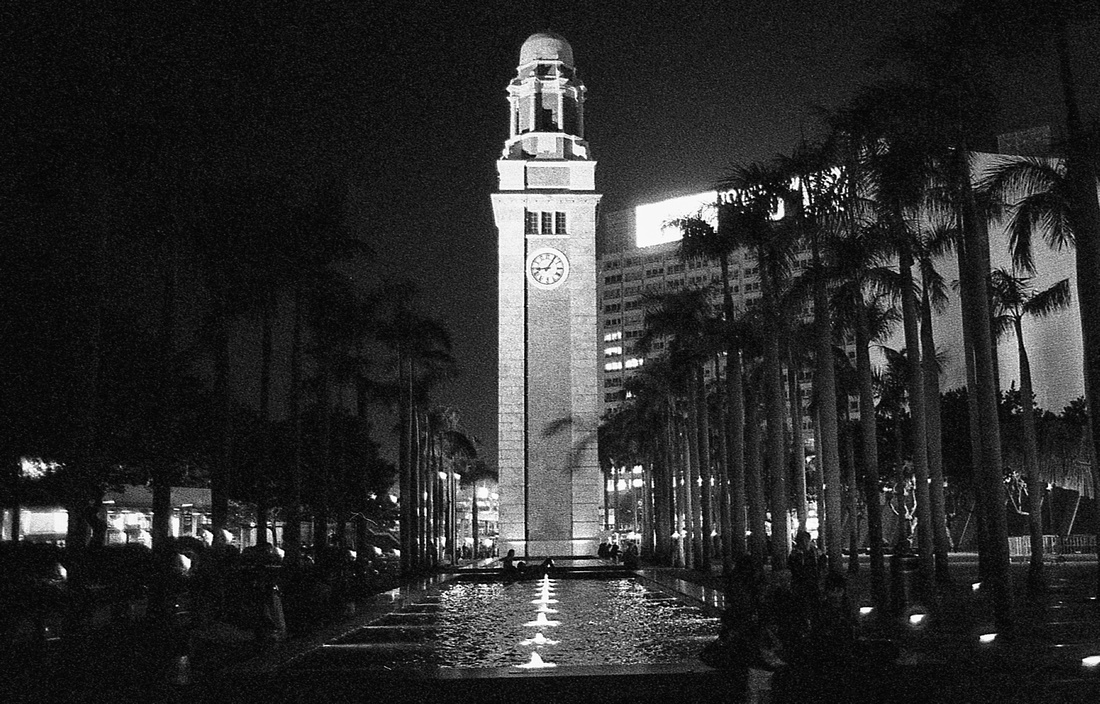





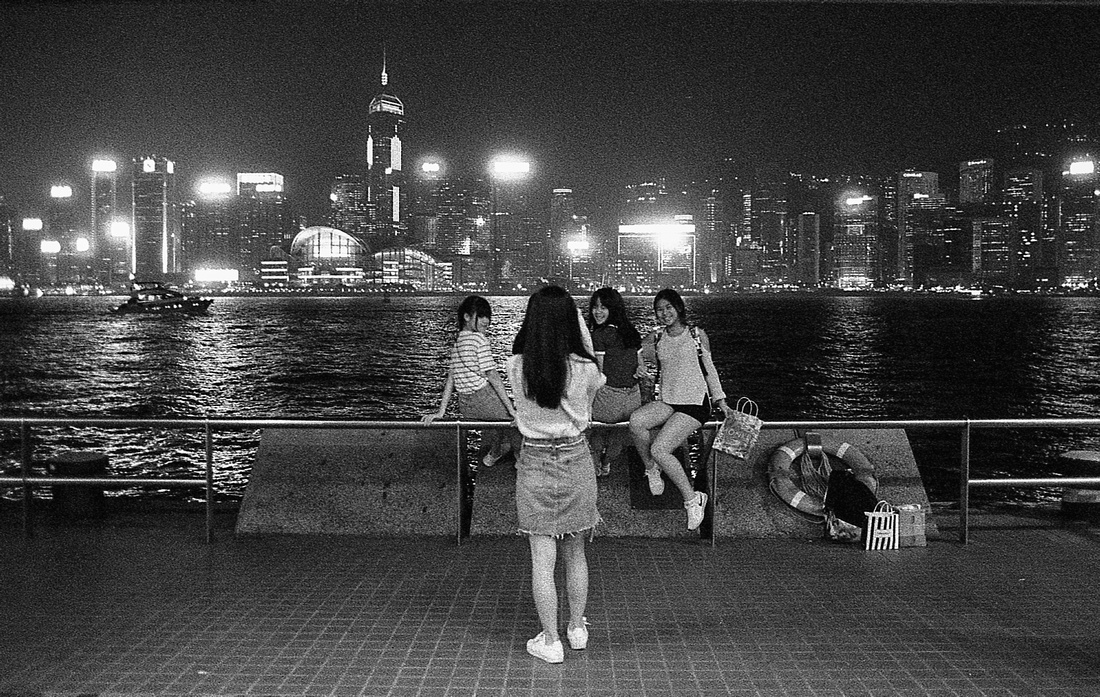

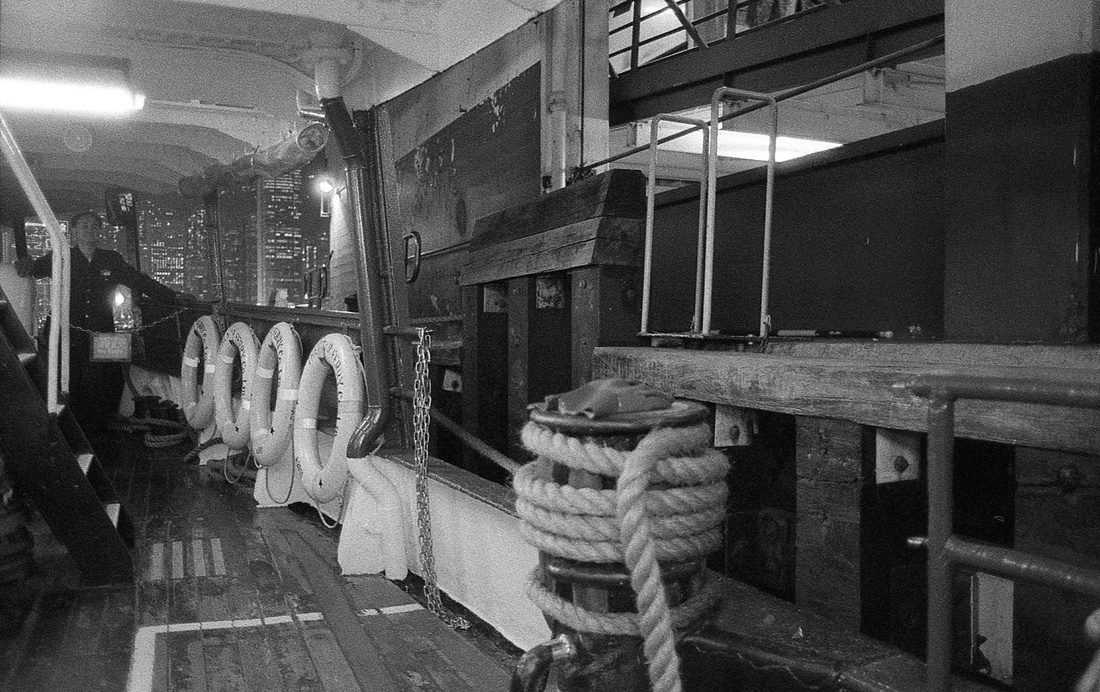

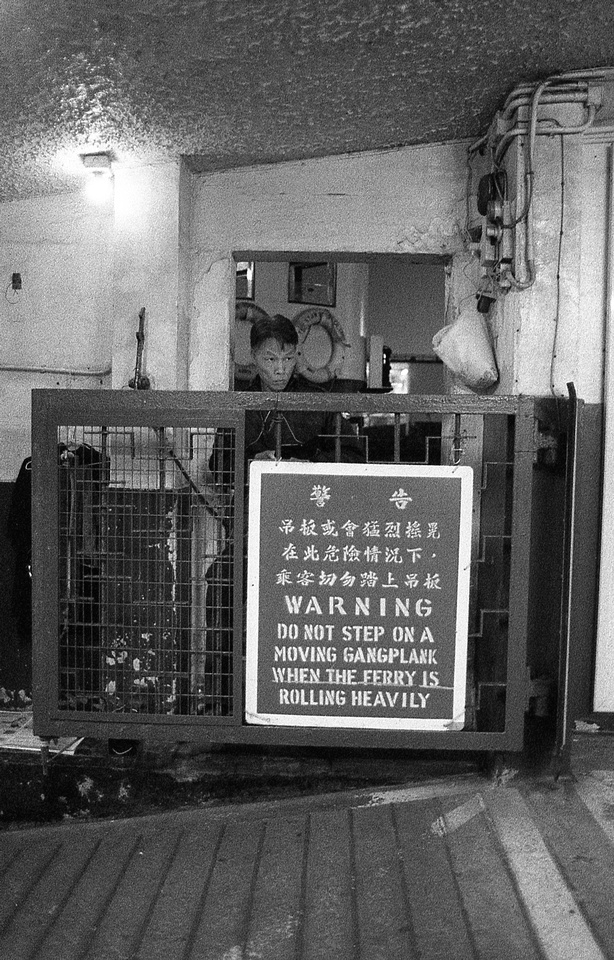

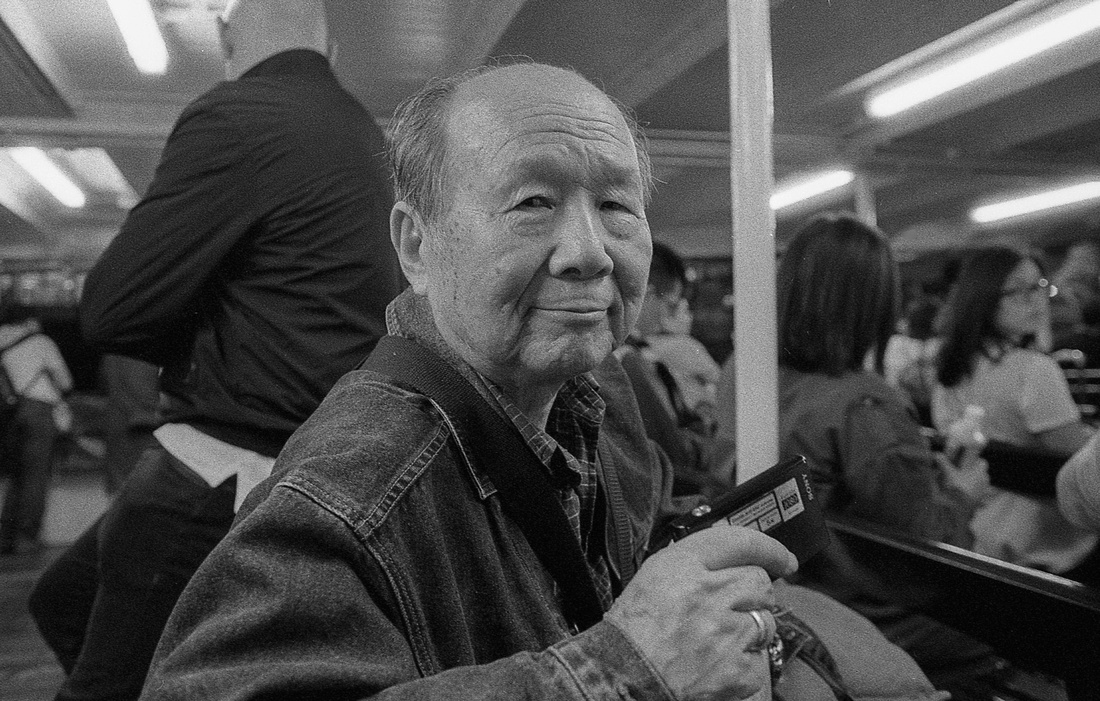

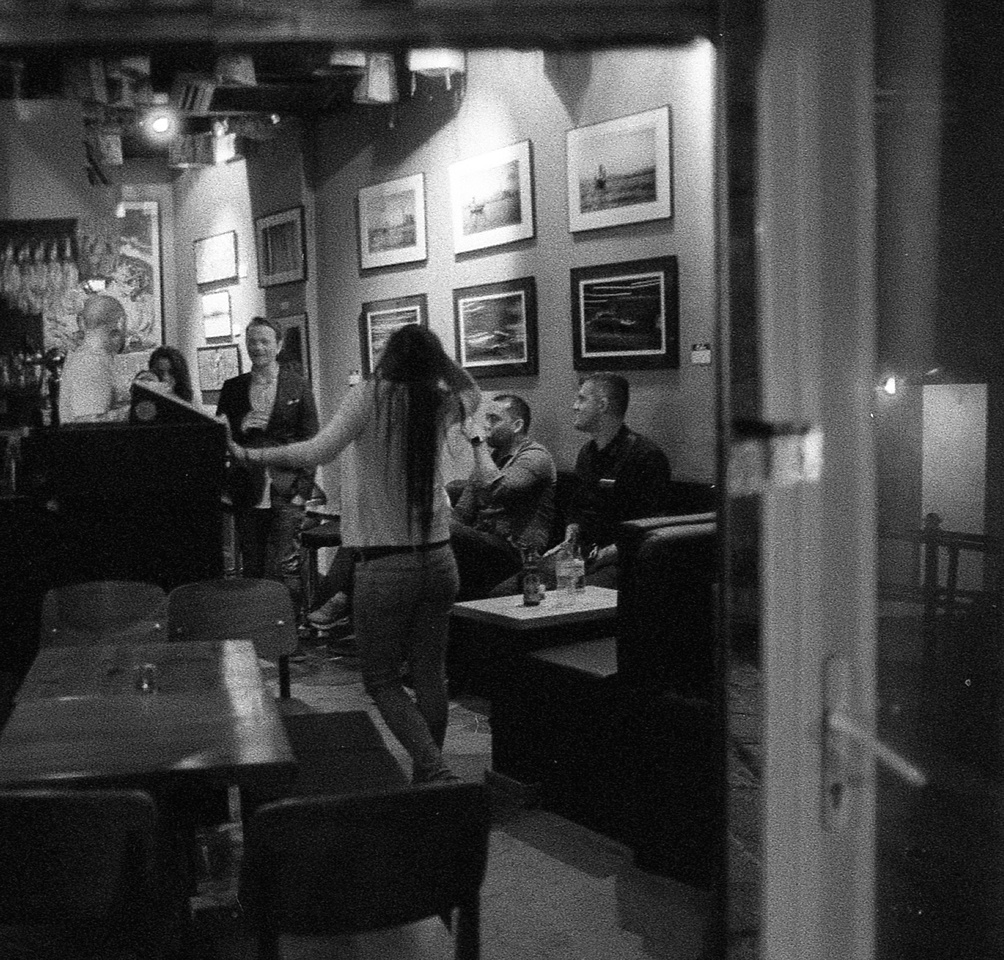

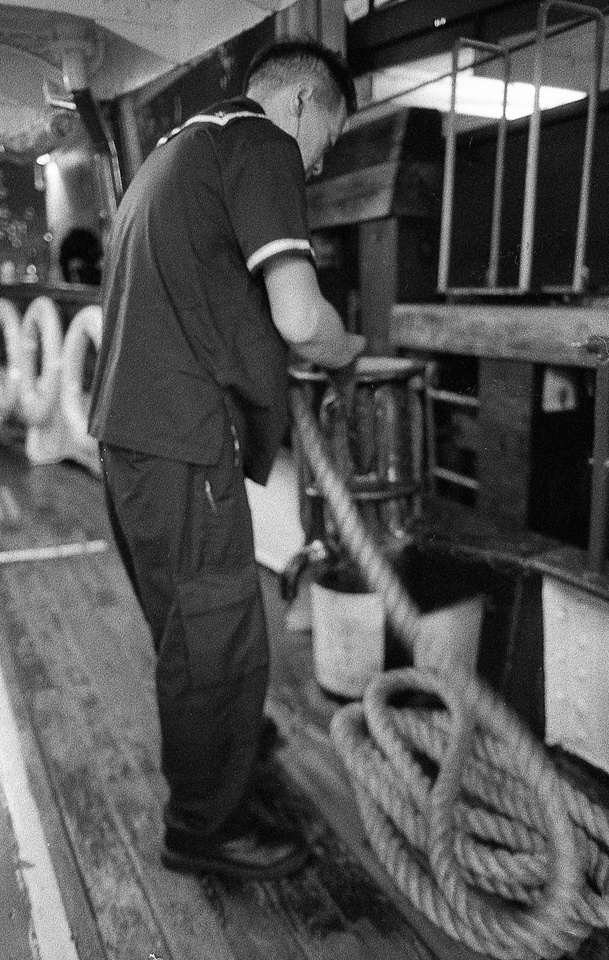

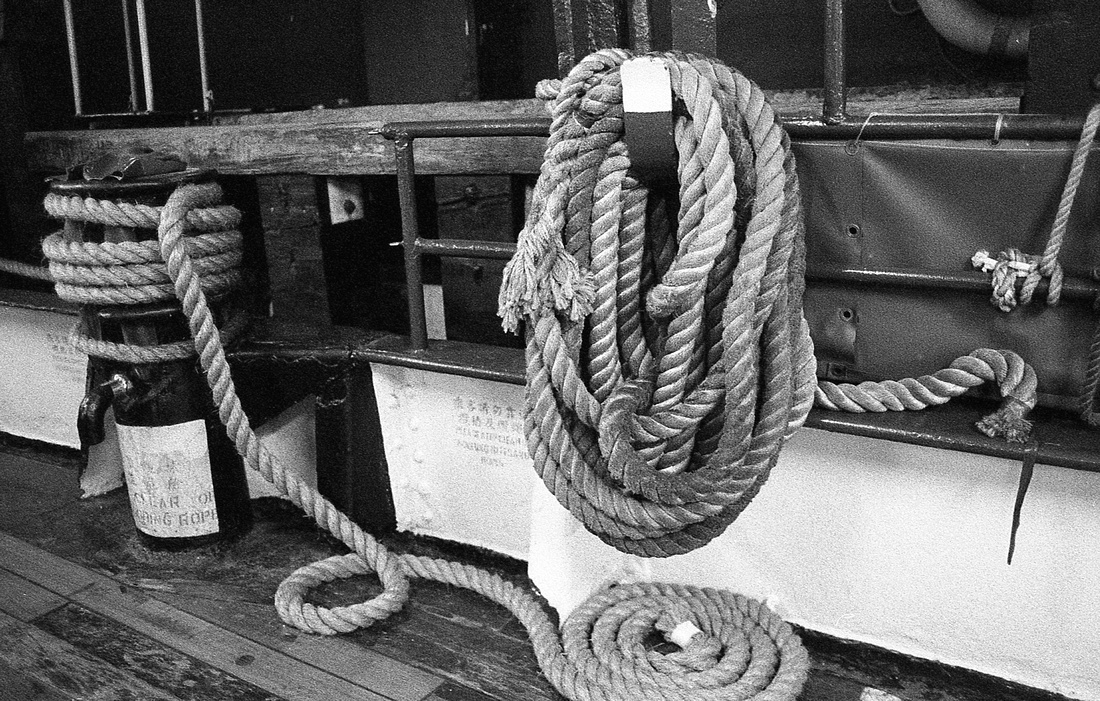

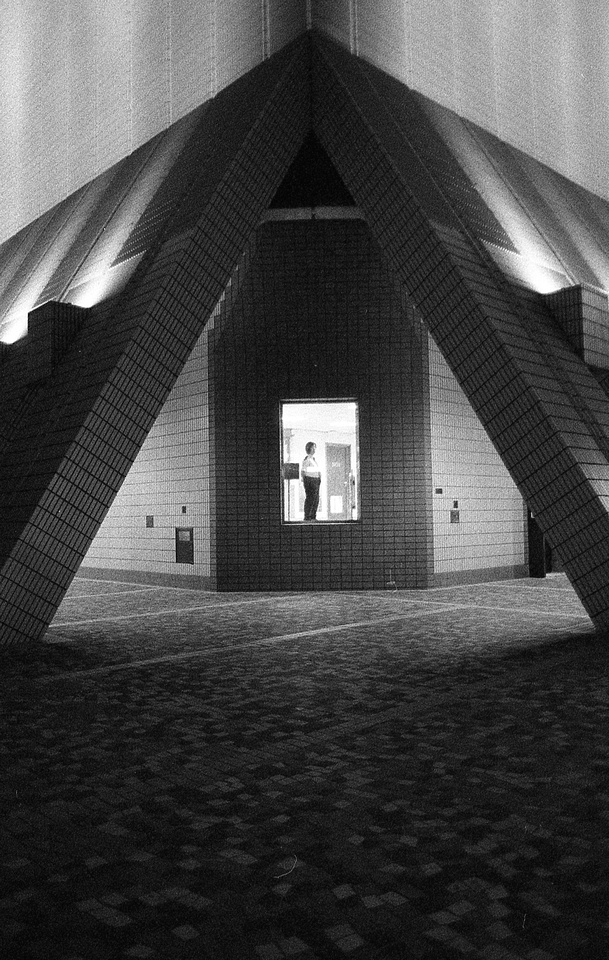

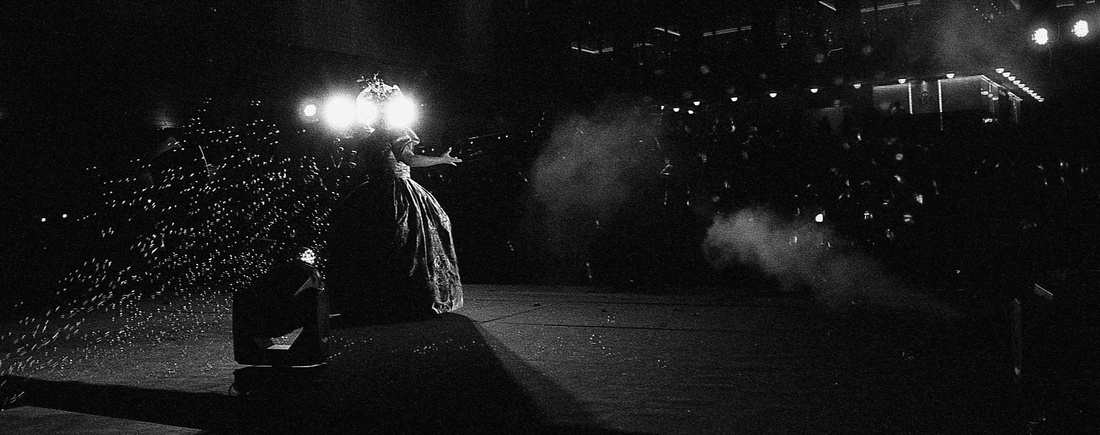

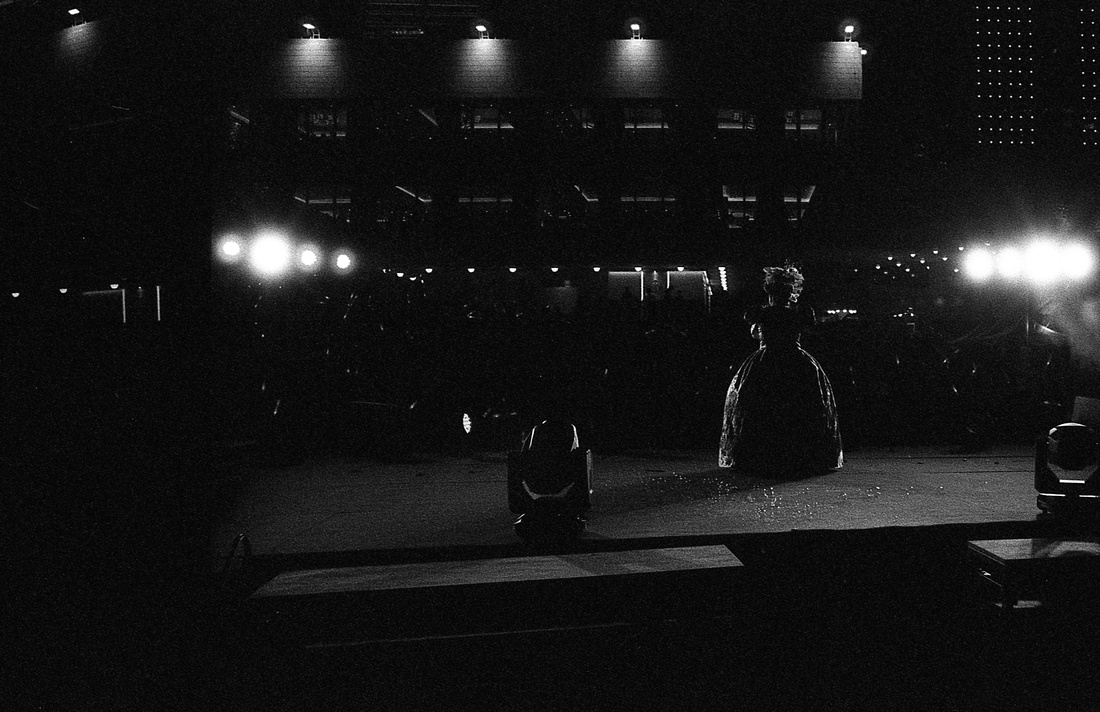

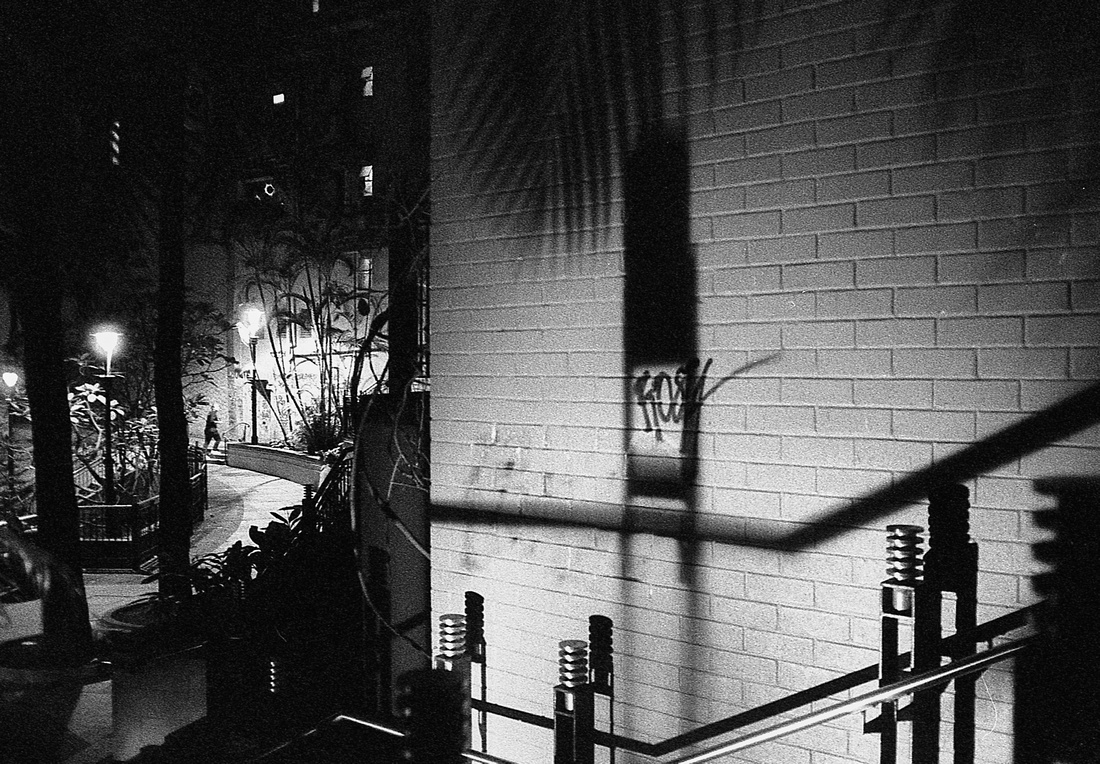

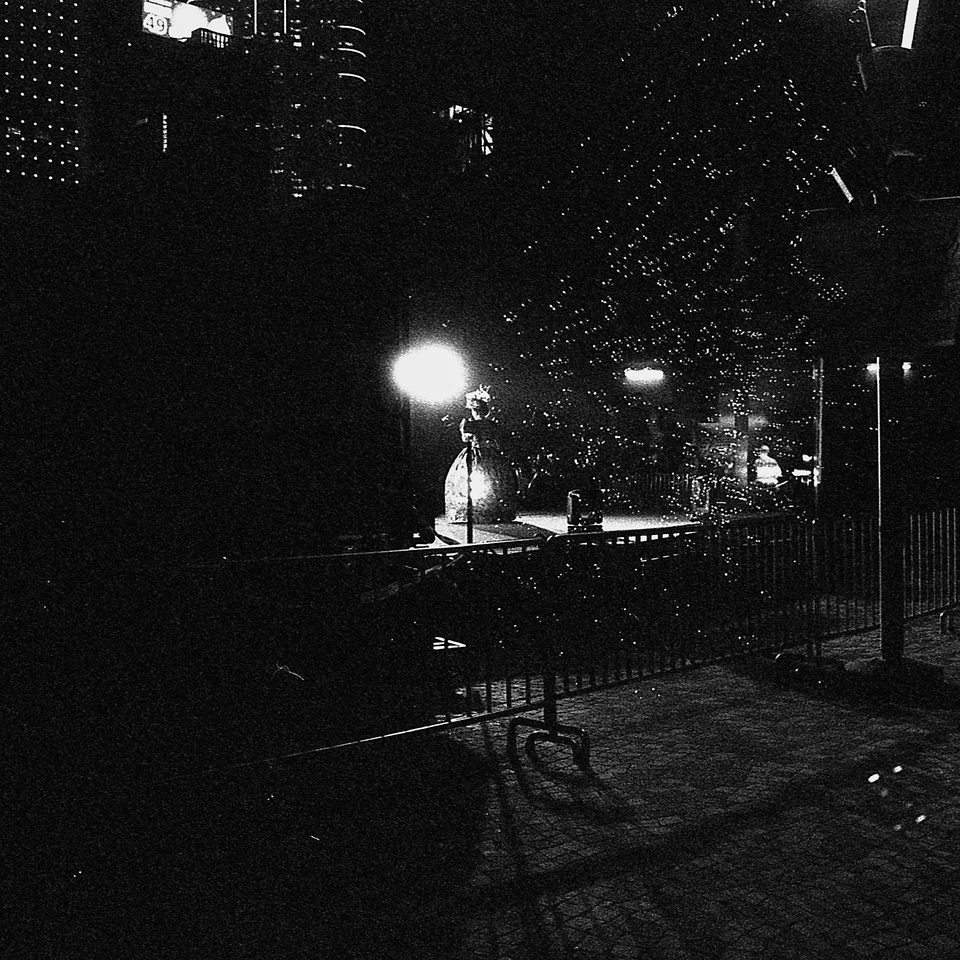

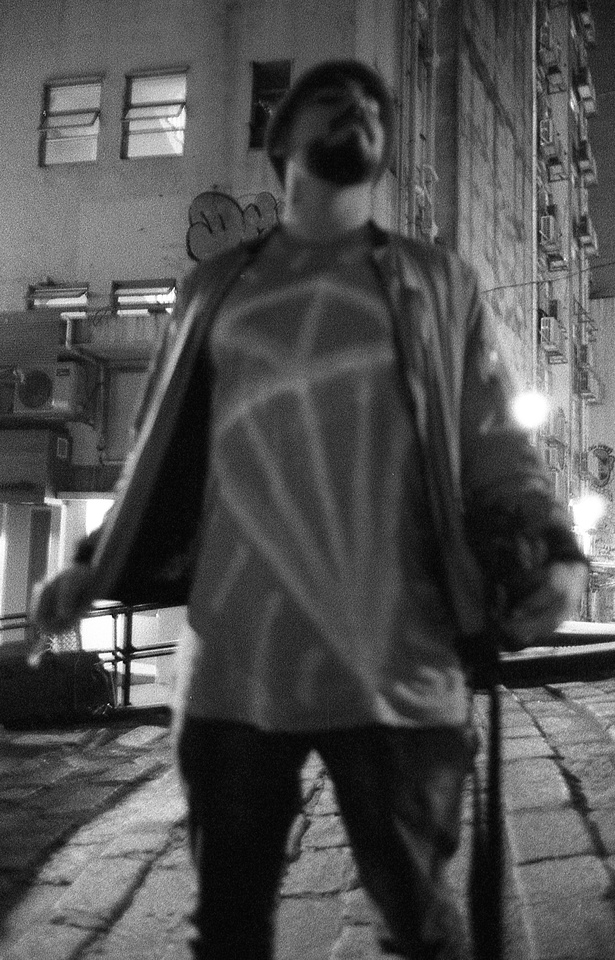

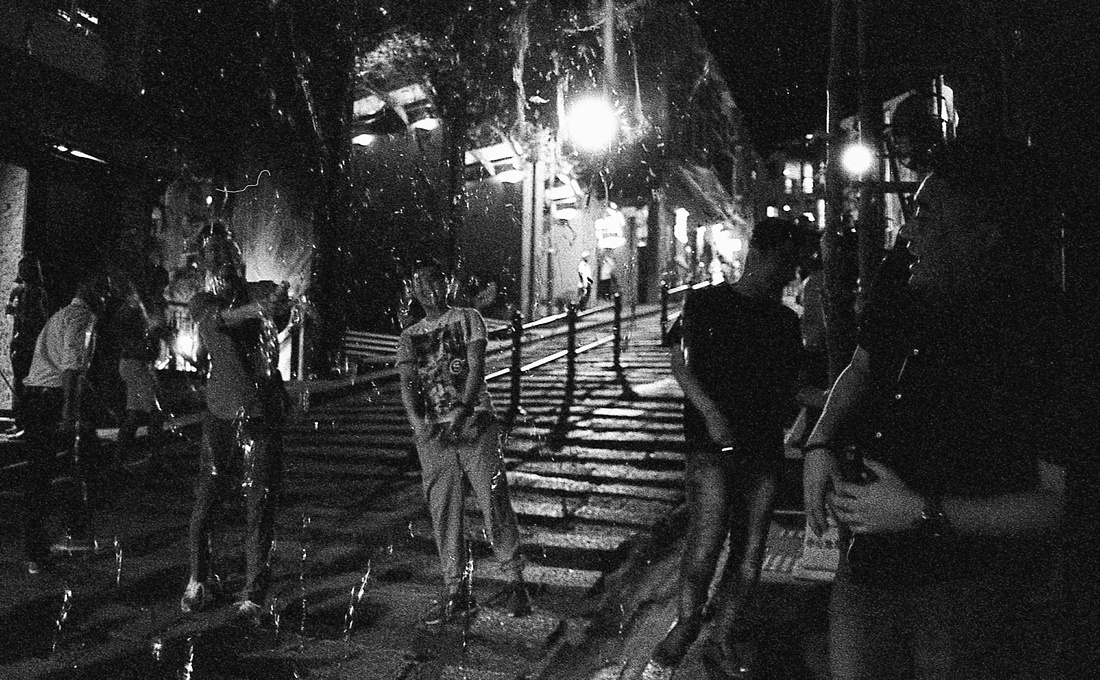

Casual Photophile Tip & Techniques No. 001 The Subject is the Subject
The Inspired Eye Photography Magazine Issue #40 (full interview)
Hong Kong Free Press: HKFP Lens
Blog #18 Criticizing Photographs or Beyond the “like”
Blog #25 Don’t Be Afraid of the Dark[room].
Blog #47 Composition, Composition, and More Composition
Blog #65 Summer is for Travel (Hanoi)
Blog #67 Risks, Rules, & Restrictions
Blog #68 Photography is a Gift
Blog #72 Living the Creative Life
Blog #90 Restrictions, Revisited
Blog #93 Photographic Technique
Blog #103 Go Take a Hike
Blog #103 Go Take a Hike
There is a practice in Japan known as forest bathing. Essentially, the Japanese have discovered the therapeutic affects of walking in the forest on their bodies and overall health. Being in nature reduces blood pressure, heart rate, improves mood, provides you with fresh air, and any number of additional benefits that we have yet to measure. Given that around 80% of the worlds population live in urban environments where overcrowding, noise, pollution, and stress are rampant, many of us should be taking one from the Japanese playbook of life. They also live longer than most and have the most number of centenarians than any other country.


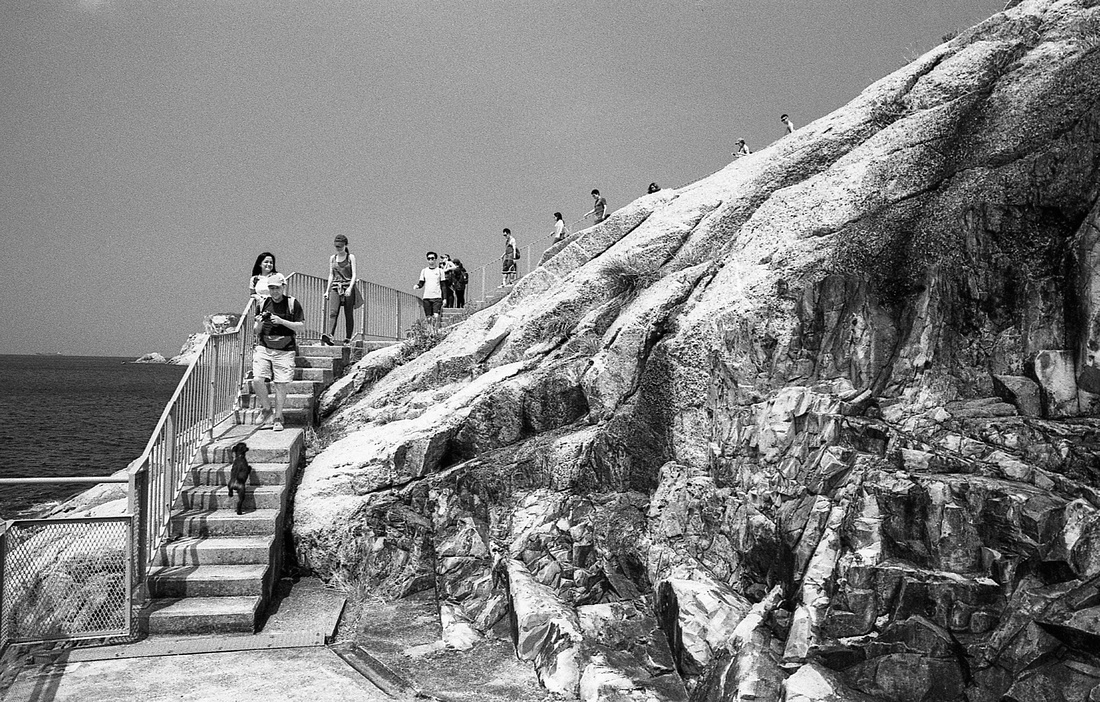

In Hong Kong, it’s an extremely dense urban environment will small living quarters and all the stresses of modern life. However, Hongkongers also enjoy about 15 public beaches, and dozens of world class hiking trails.
Photographers, even the uber professionals who strictly make their living behind a camera, thoroughly enjoy the activity of making pictures even when off duty. Many of us consider our time looking through the viewfinder (or at the 3”x3” LCD screen if you prefer) as a type of visual meditation. Meditation of any type can be therapeutic. For those who are not making pictures, commercially, making pictures is a refreshing escape from the normal routine and stresses of their primary occupation.
Why not combine the therapeutic aspects of hiking in the great outdoors and making pictures at the same time? It’s sort of like listening to music and riding a bicycle. Both are fun in their own right, but by combining them we enhance the benefits of each. In the spring or fall time, when the weather is agreeable, grab your default camera perhaps a roll or two of your favourite film and head outside. If family or friends join, the more the merrier.
Back in March, this was exactly what I did and had a blast doing it. The images here were shot on Po Toi Island, my favourite hiking spot in Hong Kong. Accessible only by ferry, the rocks, sky, and ocean views are absolutely stunning. The time to get outside is here with spring and the milder weather. So, as the old saying goes,
Go Take a Hike! [and don’t forget your camera or three].
The light is always right.
jhg
*Images: © Jeremy H. Greenberg March 2018
Where: Po Toi Island, Hong Kong
Subject: Landscapes, random family members and friends
Gear:
- Nikon FE2 + 24mm f/2.8 lens + Red #25 filter with Rollei Infrared 35mm black and white film
- Fujifilm GA645 + Rollei CR 200 120 roll Medium format film
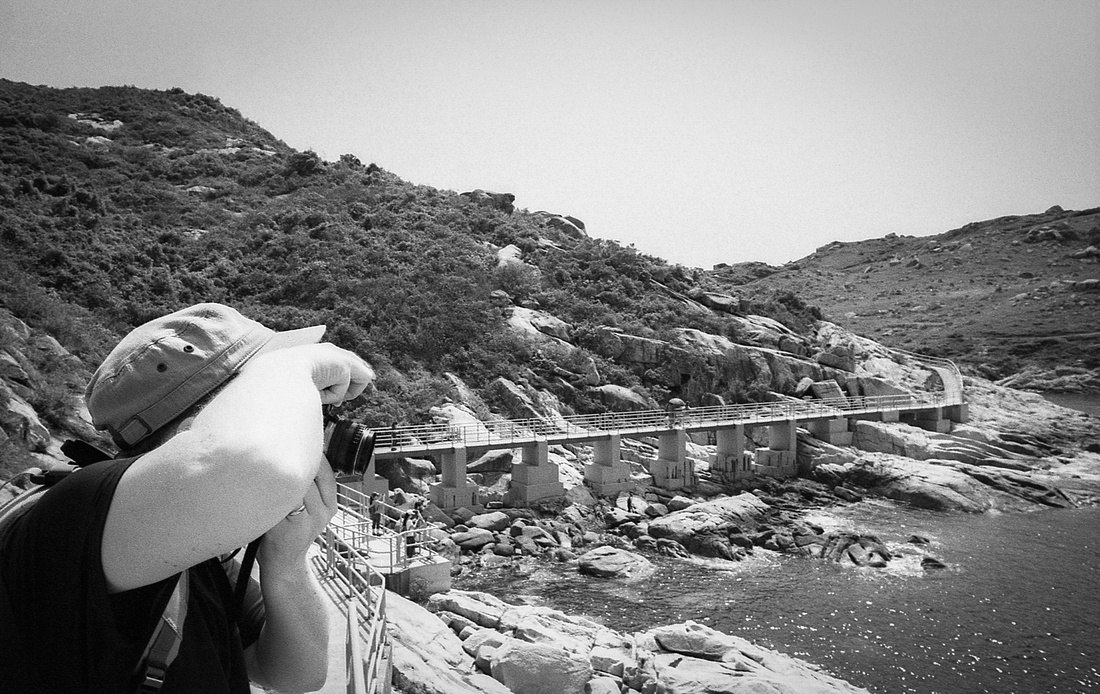



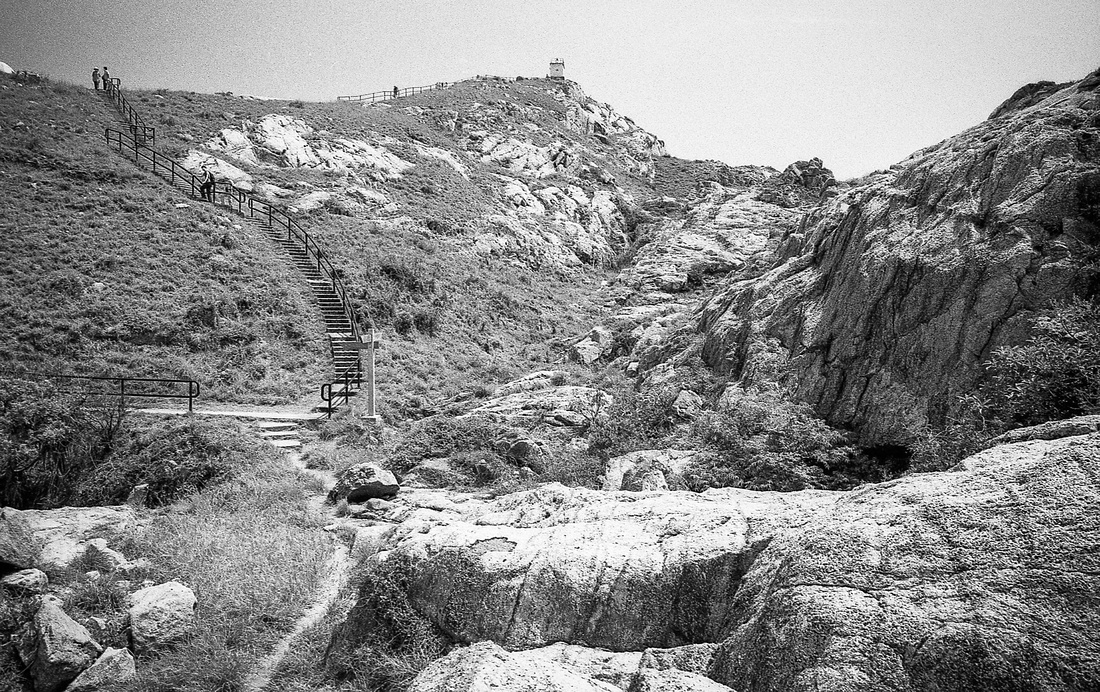



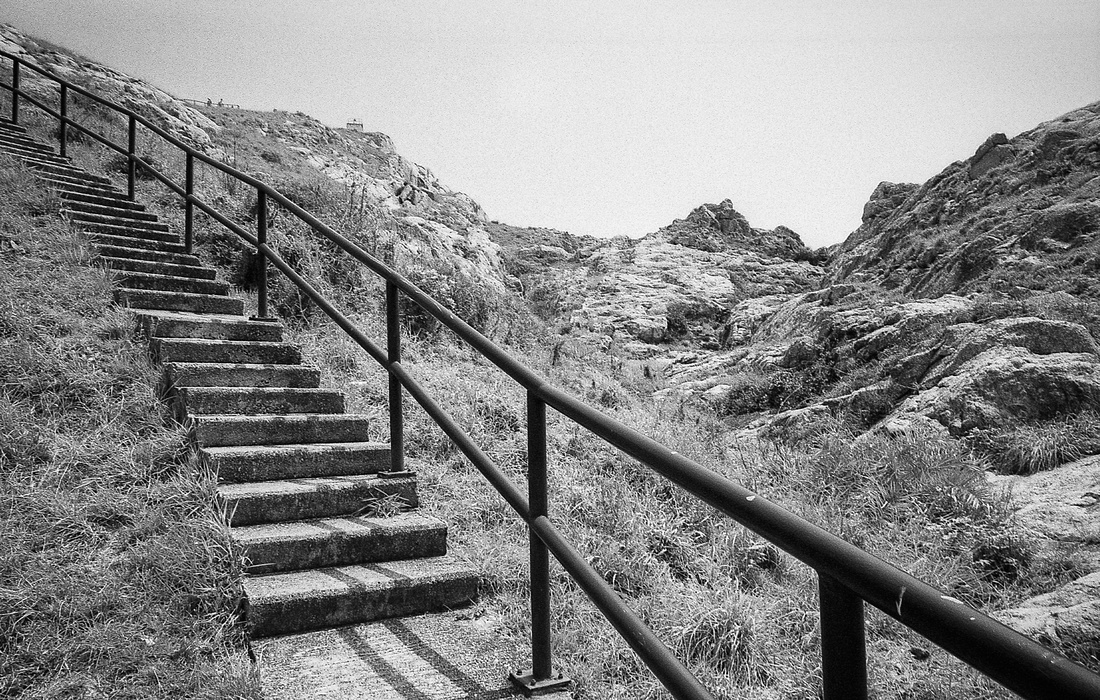

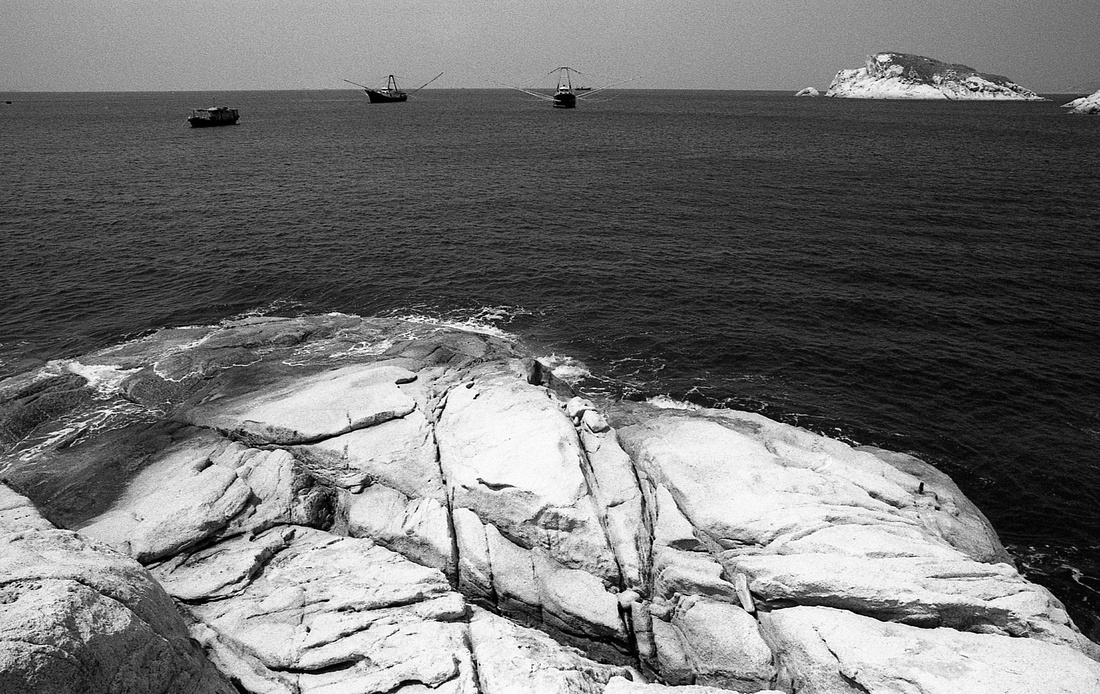

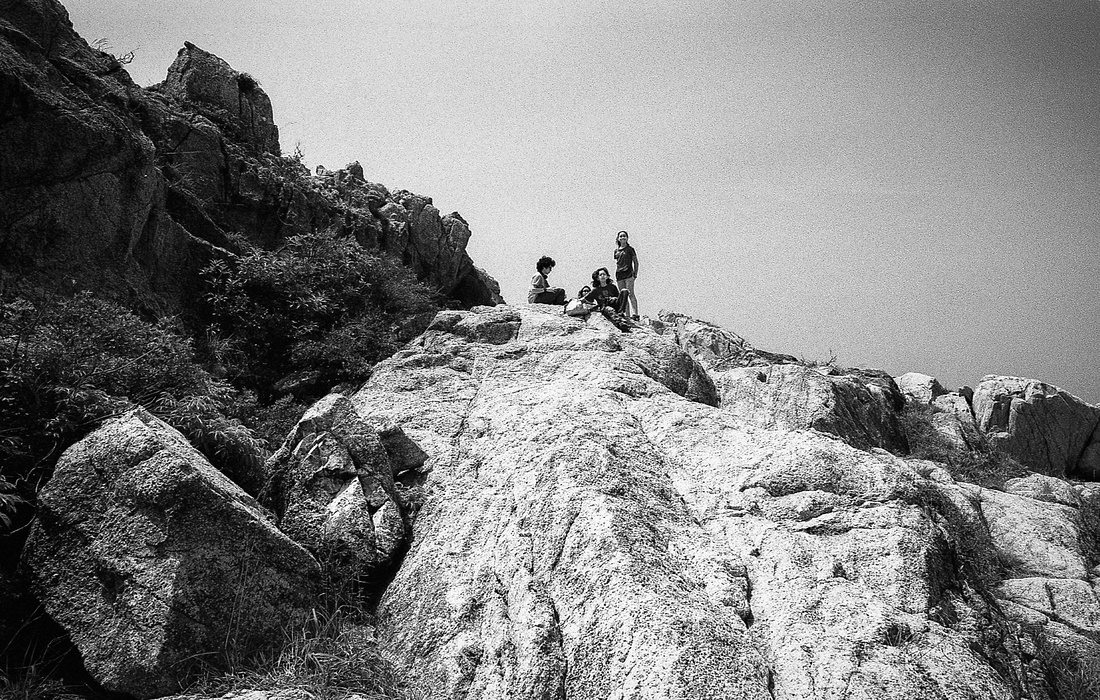

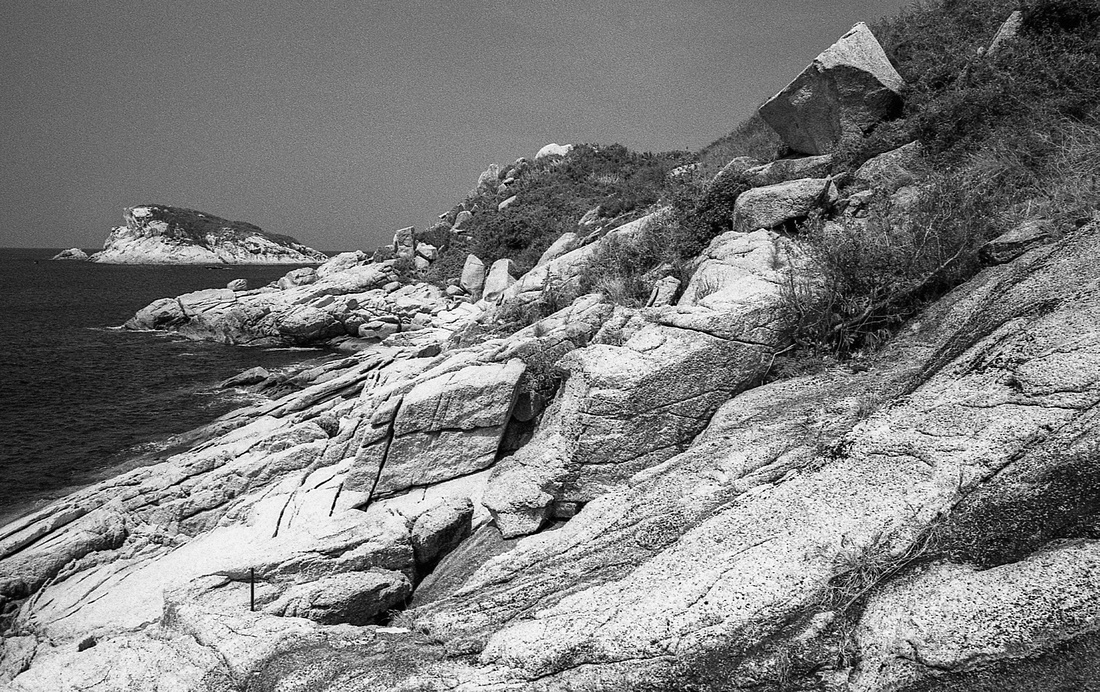

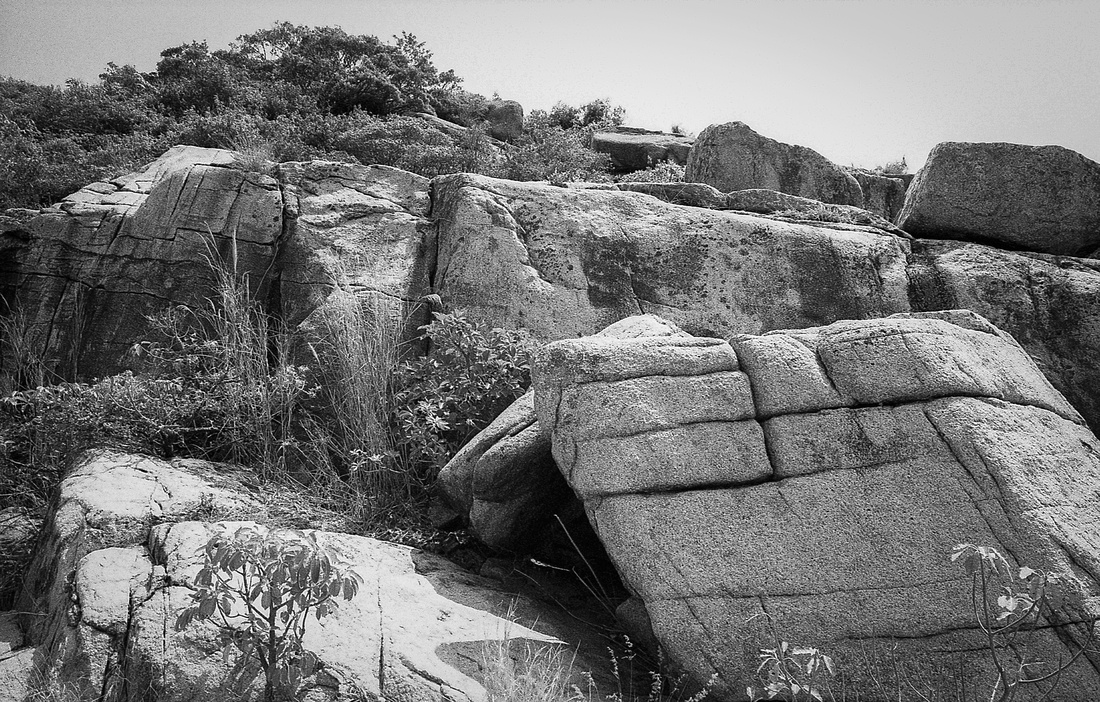

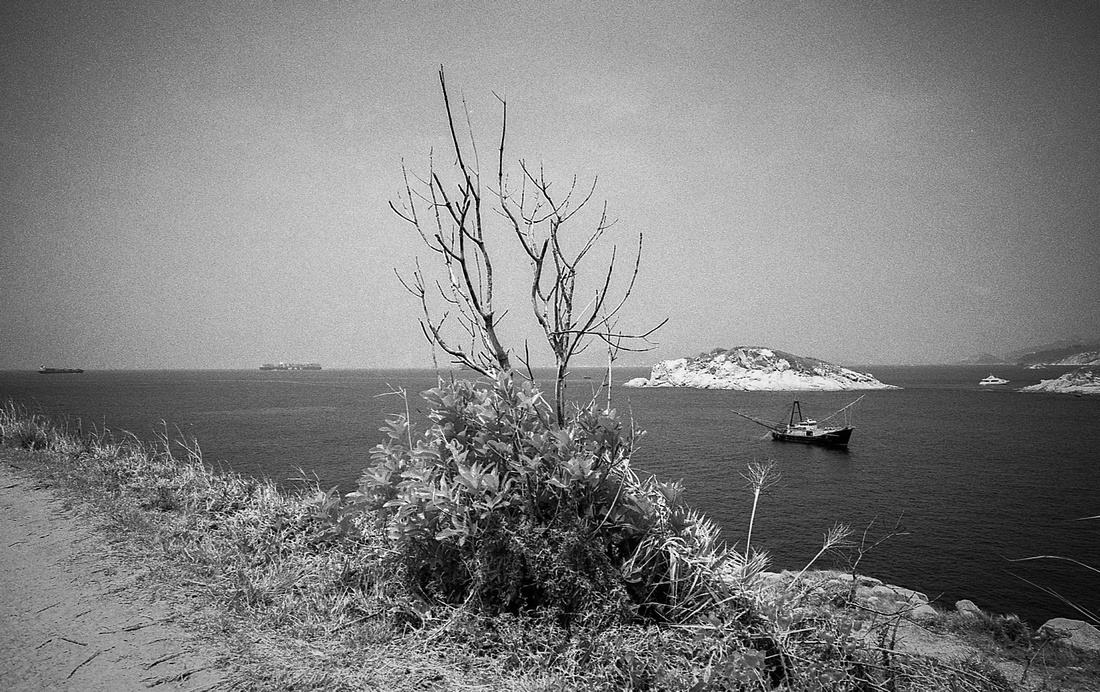

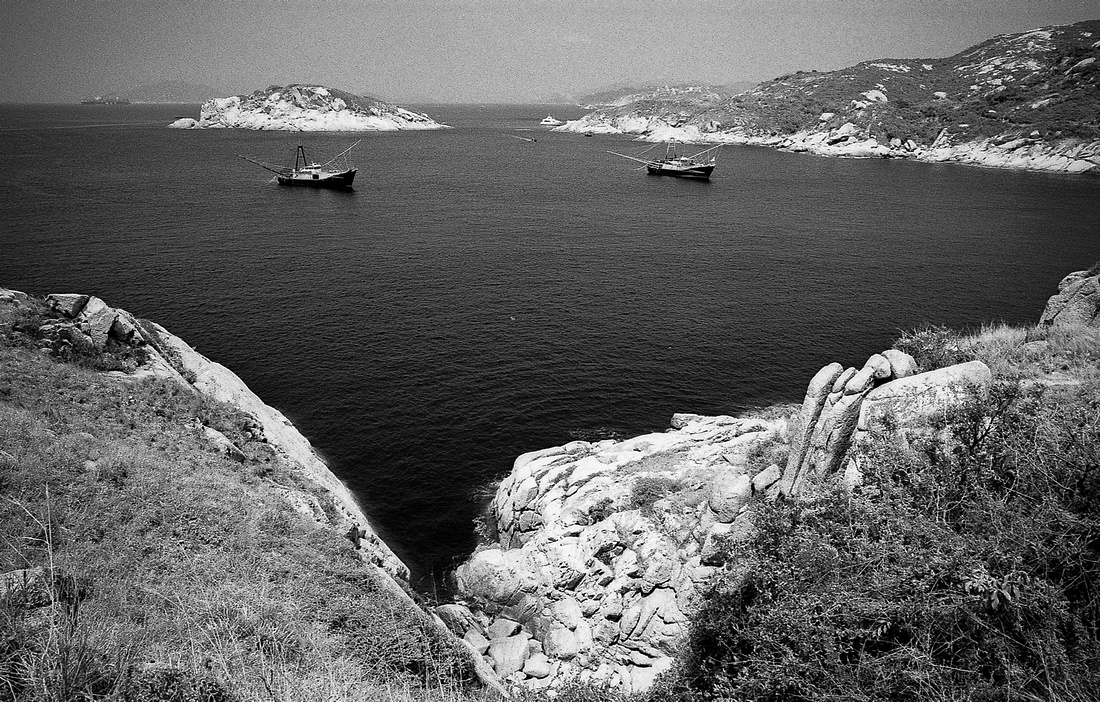

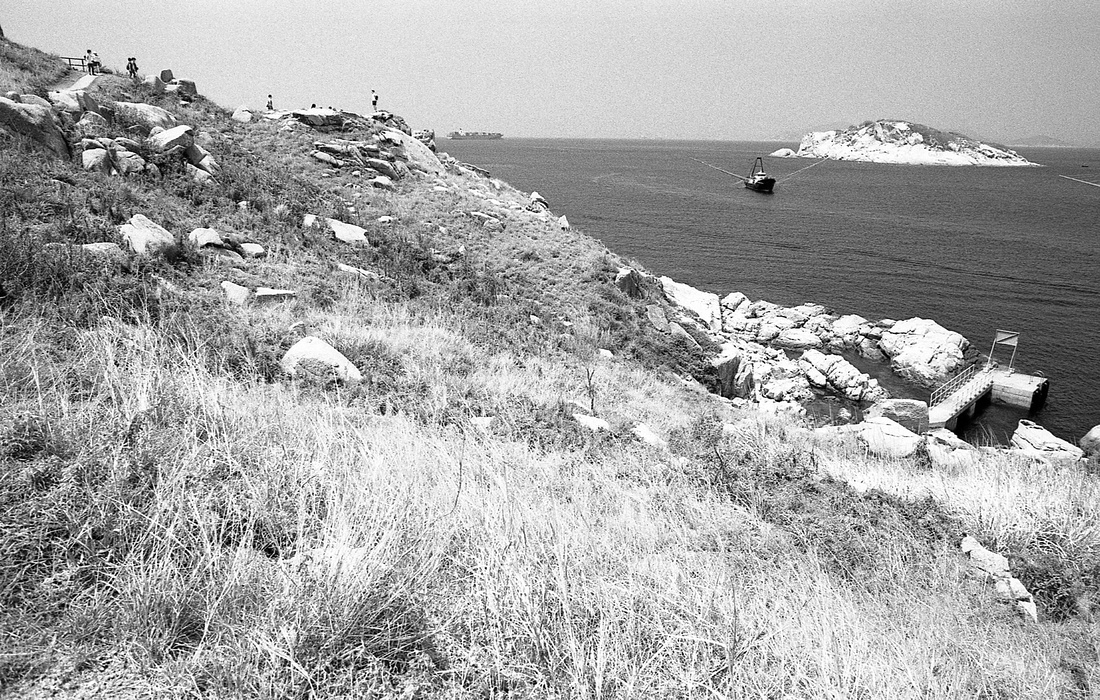

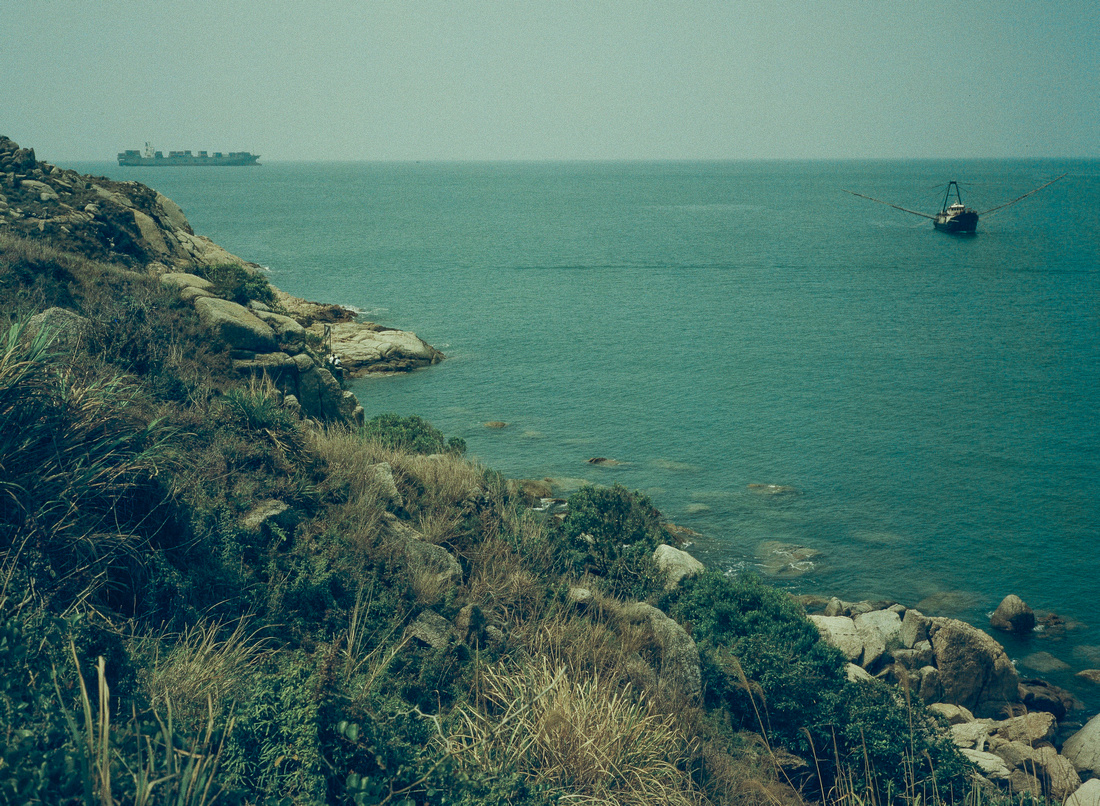

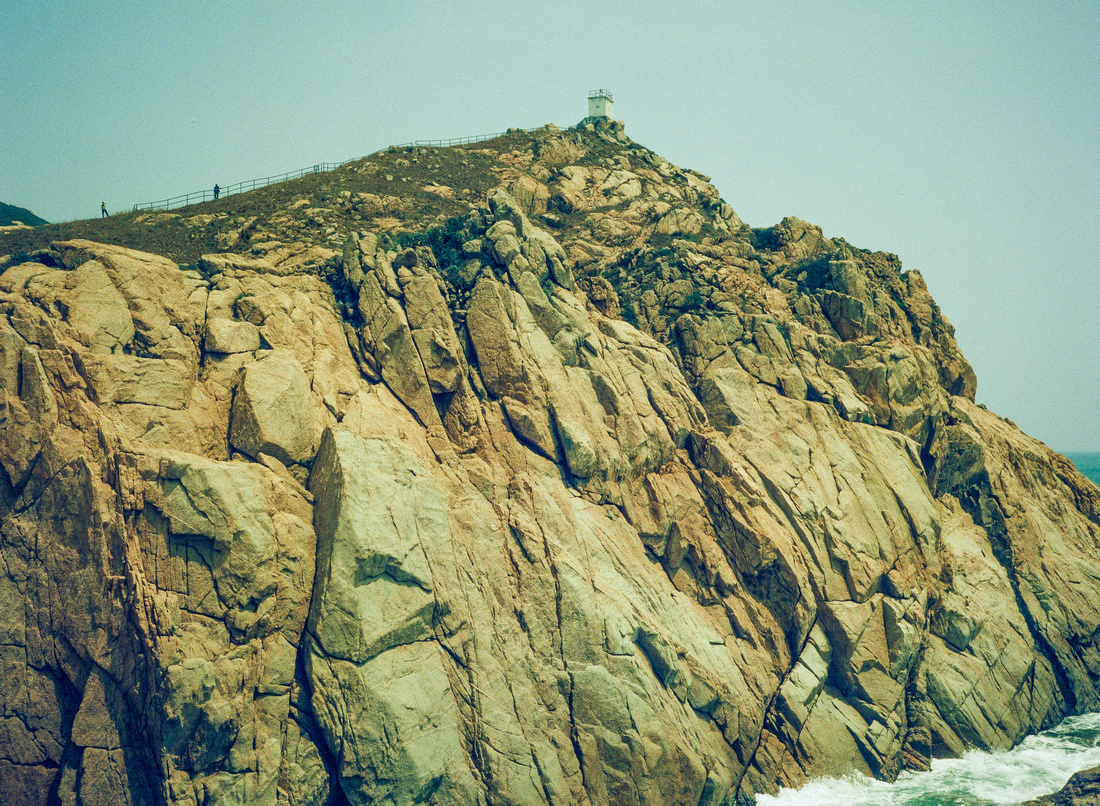

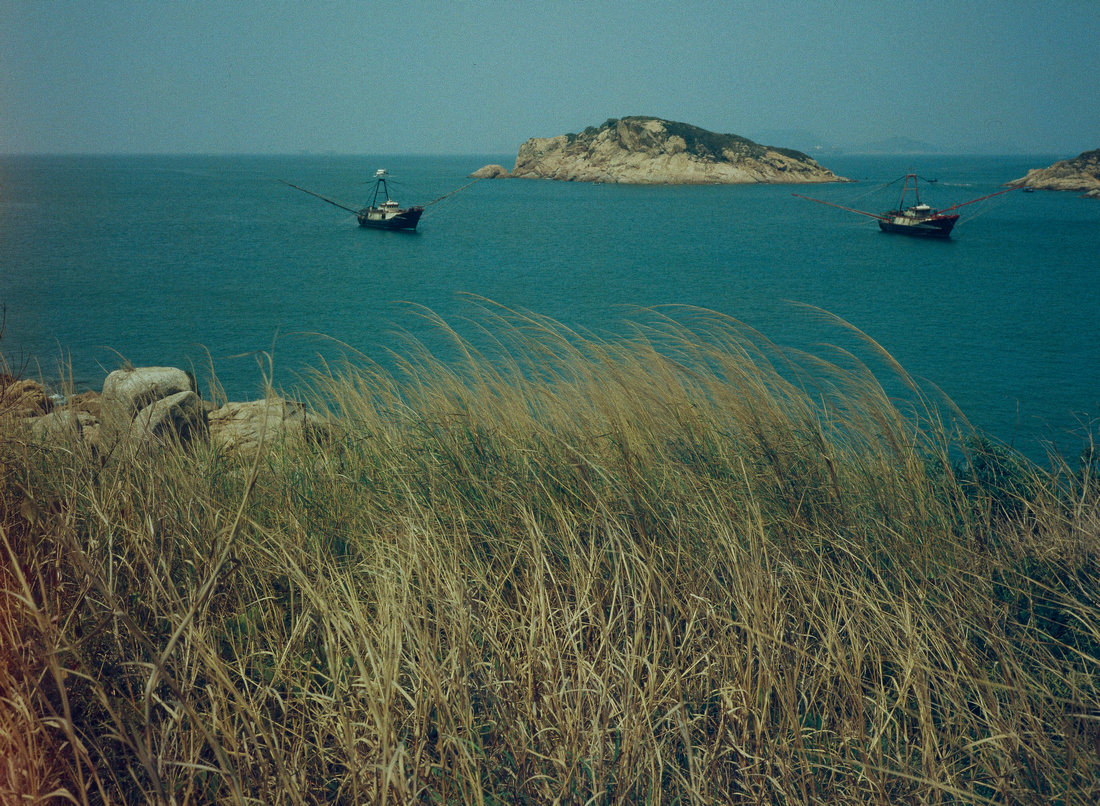



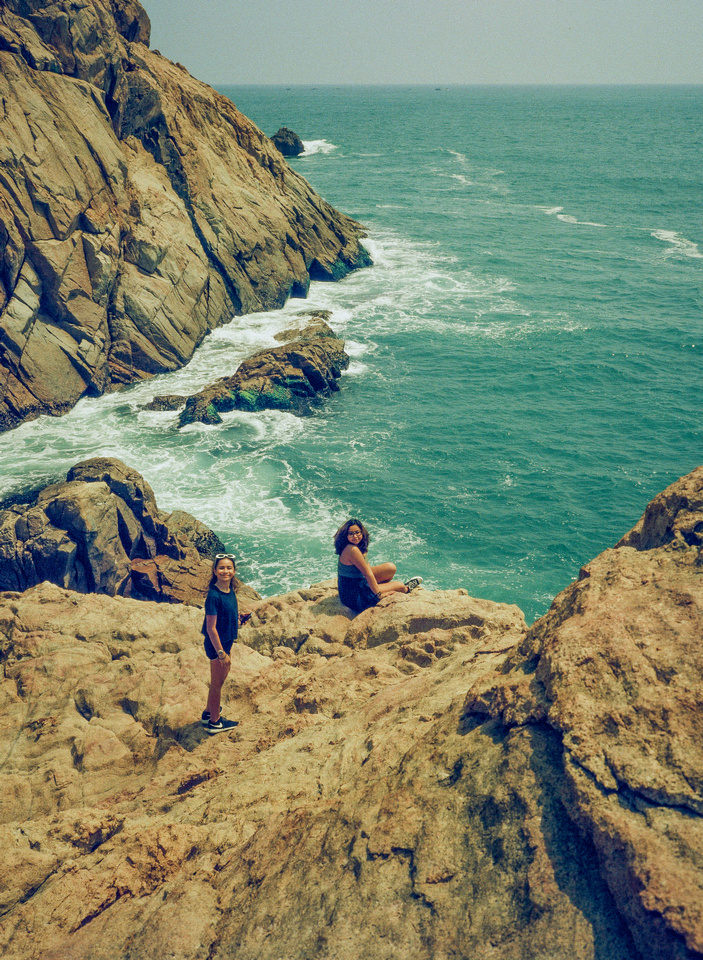

Casual Photophile Tip & Techniques No. 001 The Subject is the Subject
The Inspired Eye Photography Magazine Issue #40 (full interview)
Hong Kong Free Press: HKFP Lens
Blog #18 Criticizing Photographs or Beyond the “like”
Blog #25 Don’t Be Afraid of the Dark[room].
Blog #47 Composition, Composition, and More Composition
Blog #65 Summer is for Travel (Hanoi)
Blog #67 Risks, Rules, & Restrictions
Blog #68 Photography is a Gift
Blog #72 Living the Creative Life
Blog #90 Restrictions, Revisited
Blog #93 Photographic Technique
Blog #102 Film Glorious Film!
Blog #102 Film Glorious Film!
In Charles Dickens epic novel, A Tale of Two Cities (1859) he begins,
“It was the best of times, it was the worst of times, it was the age of wisdom it was the age of foolishness, it was the epoch of believe, it was the epoch of incredulity, it was the season of Light, it was the season of Darkness, it was the spring of hope, it was the winter of despair, we had everything before us, we had nothing before us, we were all going direct to Heaven, we were all going direct the other way.”
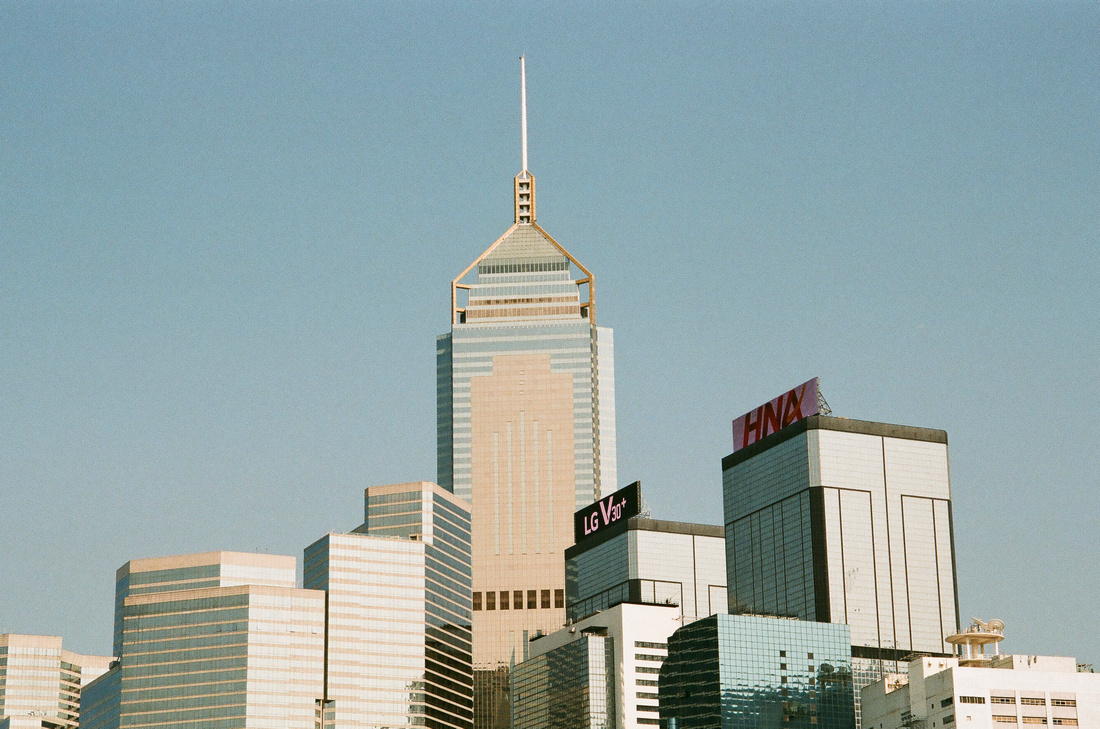

Strangely, these words could have been written last week and they could easily resonate with us in the same manner. Dickens’ two cities of course were London and Paris and he wrote about them in the years prior to the French Revolution. Let’s hope we don’t go there again, although the recent student protests in the US on gun control are a sort of revolution. Let’s hope that they succeed in their mission.
In terms of photography, it is the best of times and the worst of times for us, too. We are living in an explosively creative age where film still exists in its perfect form and we have the newer technologies of digital at our fingertips with all of the magic of the darkroom and post processing but pushed even further. Digital offers instant developing, almost unlimited picture making, and wider dynamic range. Post processing theses days is way beyond anything that was ever possible in the darkroom.
Still, there has been a resurgence of film and all things analog in the last decade. In David Sax’s The Revenge of Analog: Real Things and Why They Matter (2017), he describes in great detail the increase of vinyl, paper, idea, and of course film. The story of Film Ferrania’s coming back from the dead is included. News of Kodak’s Ektachrome return has been anxiously awaited by die hard film fans. Howver, all of the news is not so rosey.
Agfa Photo’s Vista plus in 200 & 400 speeds has been a gorgeous color film for some time now. It’s days are numbered according to a recent announcement by Agfa [a German & Japanese Cooperative]. Fujifilm, who has produced some of the best film in the market for more than 80 years, announced this week that they are stopping Neopan Acros 100. This is particularly sad since Acros 100 is one of the best low ISO (very fine grain) black and white films available. While they continue to pump out install by the truck load, the old style films seem to be fading.
I guess all good things must come to an end. Besides, we still have many other tools at our disposal. It is not the camera or the film that makes the image, after all. It’s you who make the image. Whatever tool you decide, use all of your creative facets to make the best images that you can. That’s what we need to be focused on and only that. Discussions of gear and film options are fun but tend to distract from the objective of making novel, meaningful images. Keep your eye on the prize.
The light is always right.
jhg
*Images: © Jeremy H. Greenberg March 2018
Where: Hong Kong
Subject: Gear: Nikon F100 + Nikon AF Nikkor 24-85mm zoom f/ 2.8-4.0
Film Agfa Vista plus 200 [35mm] + Kodak Ektar 100 [35mm]




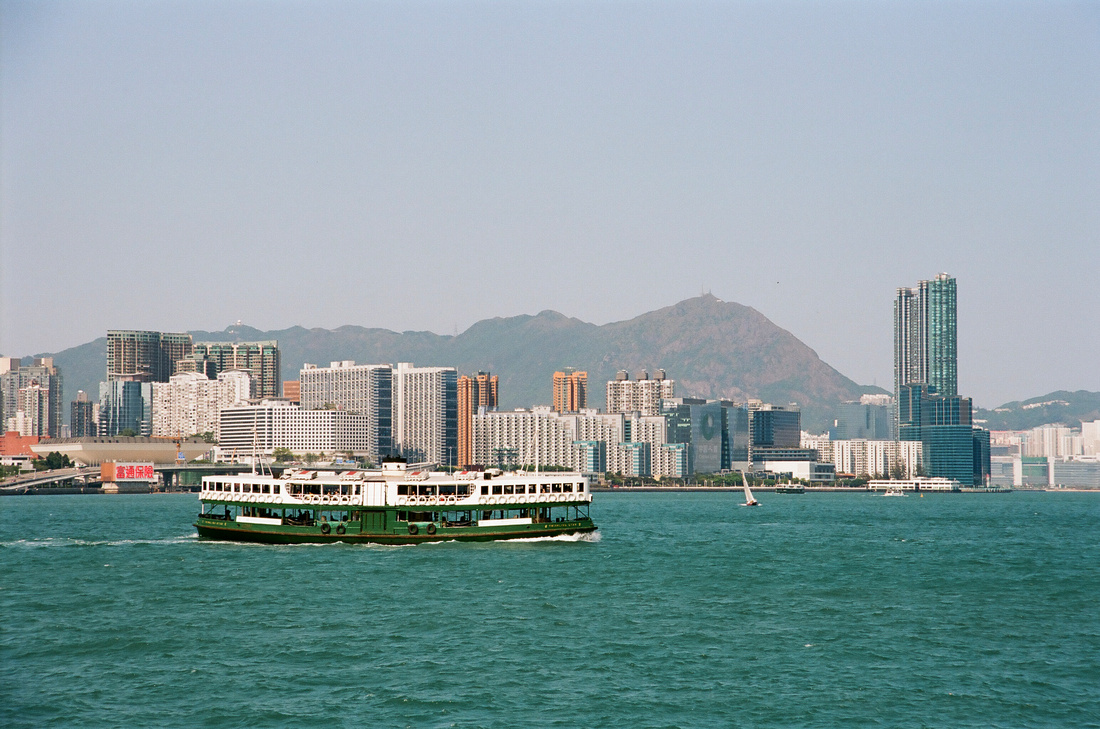

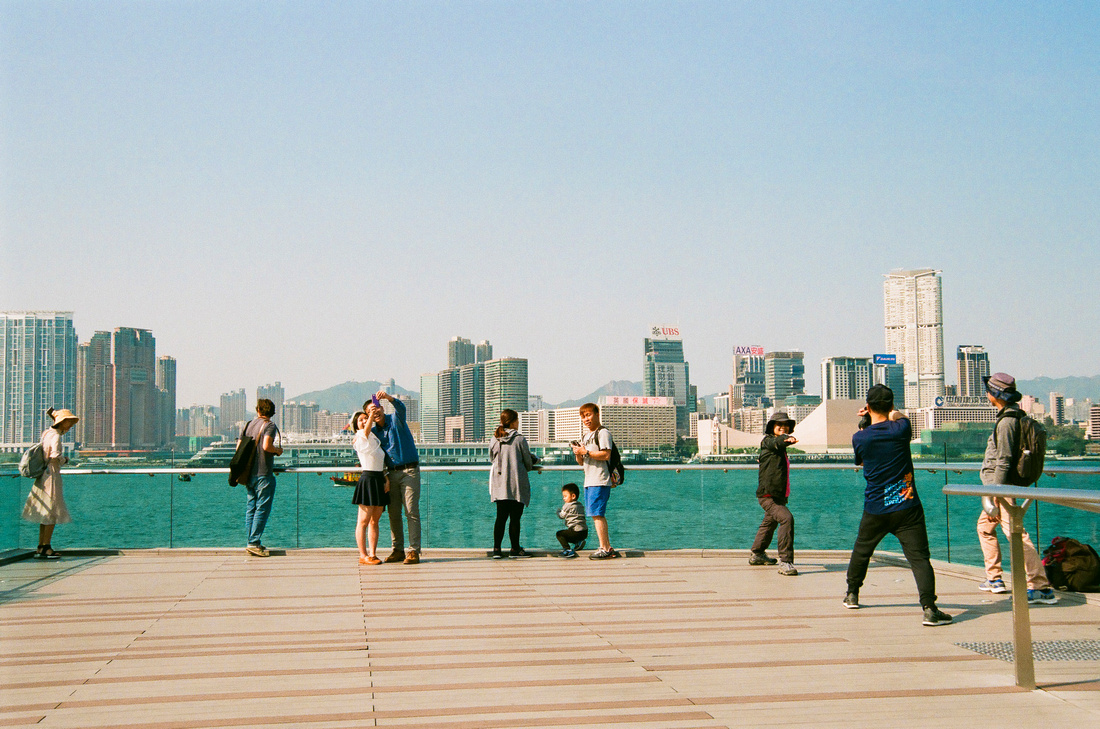

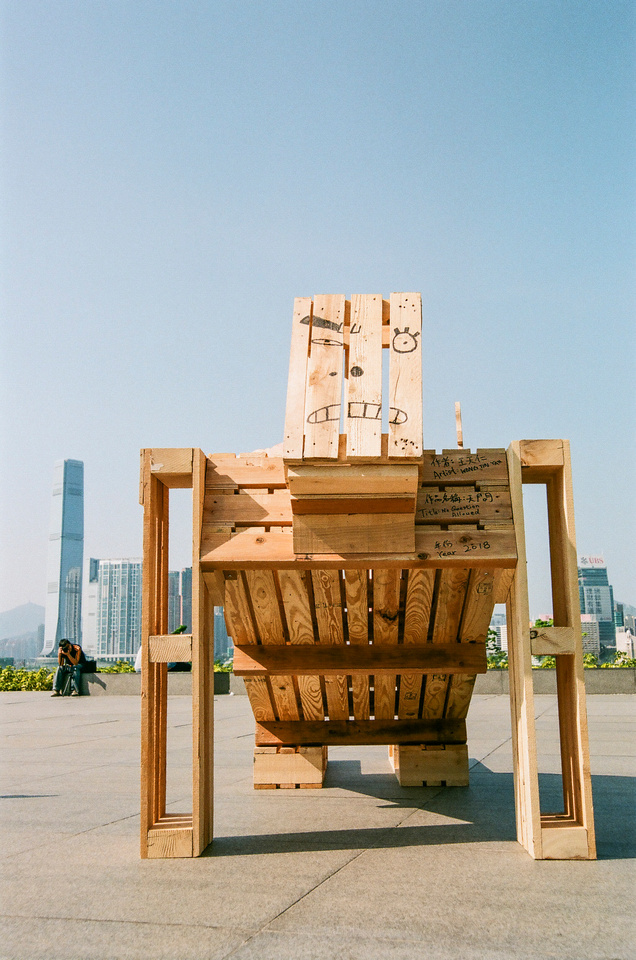

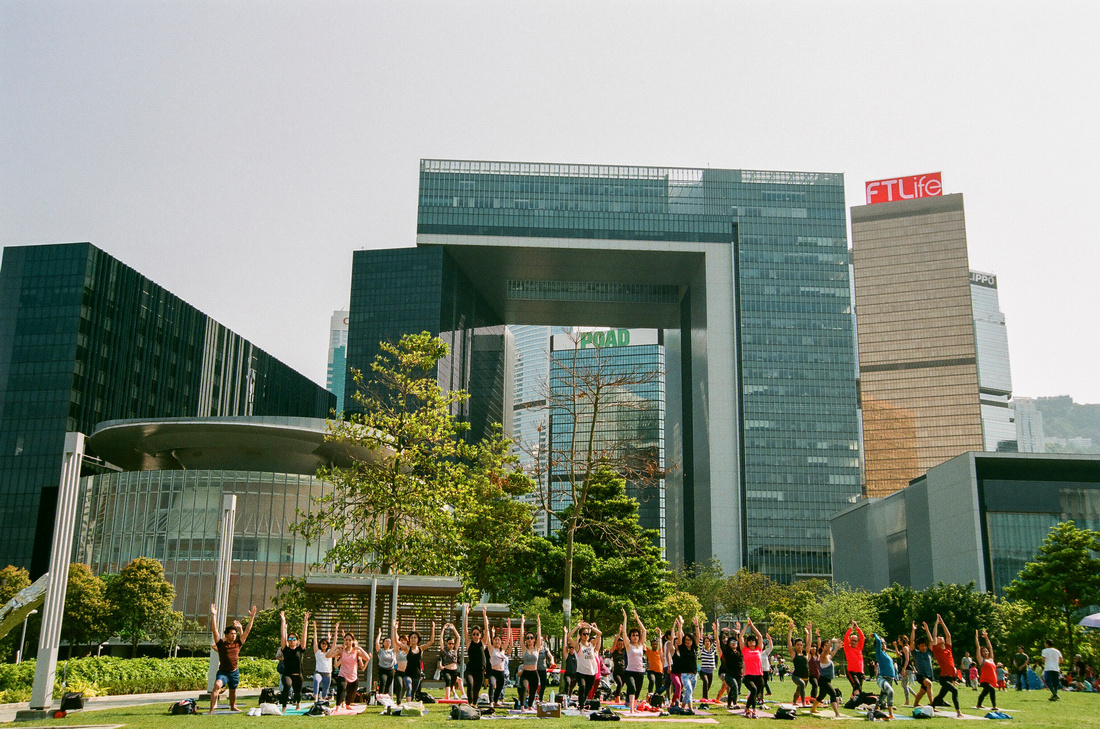

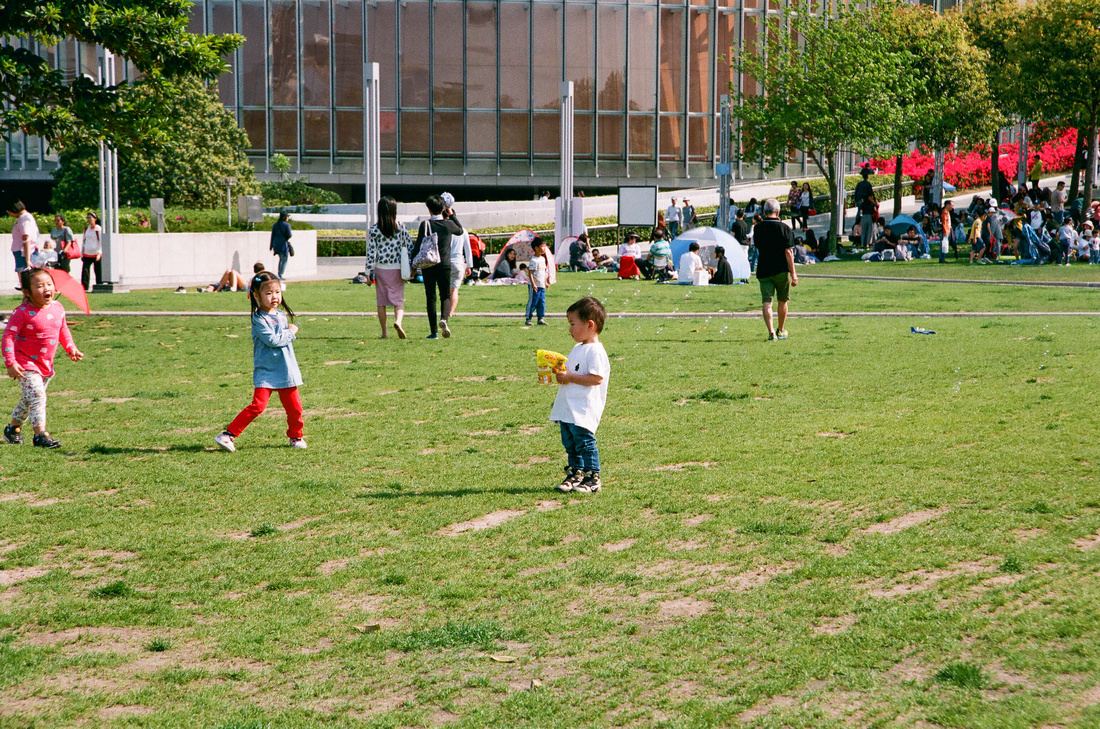

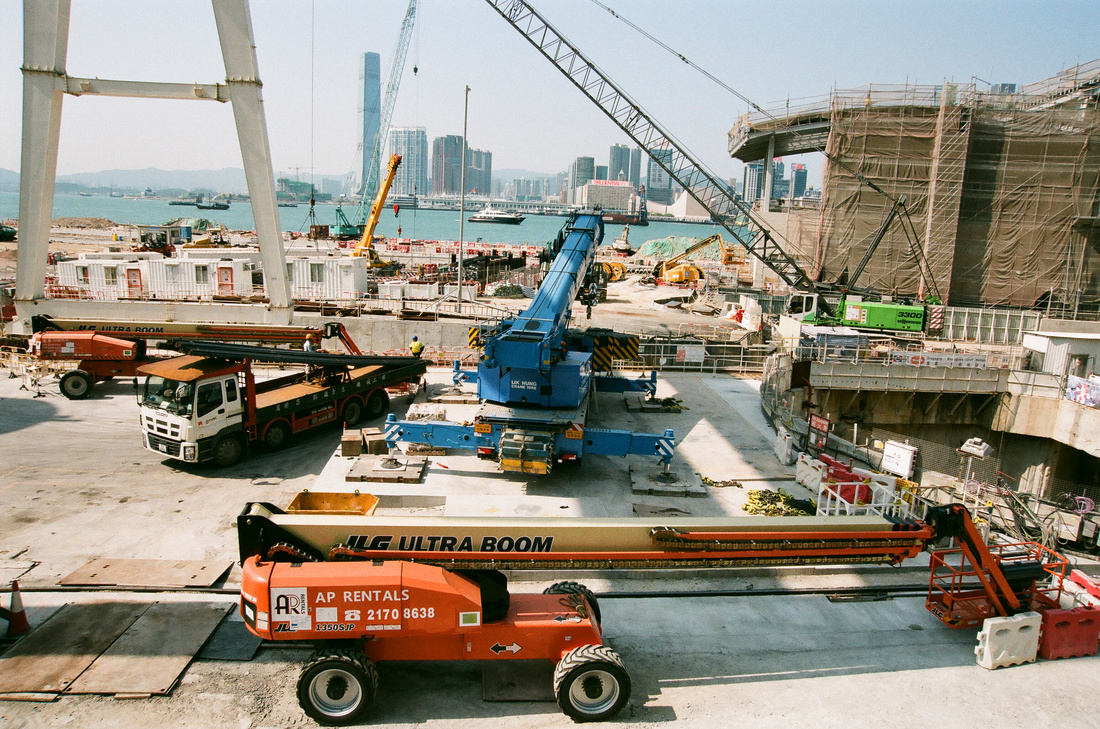

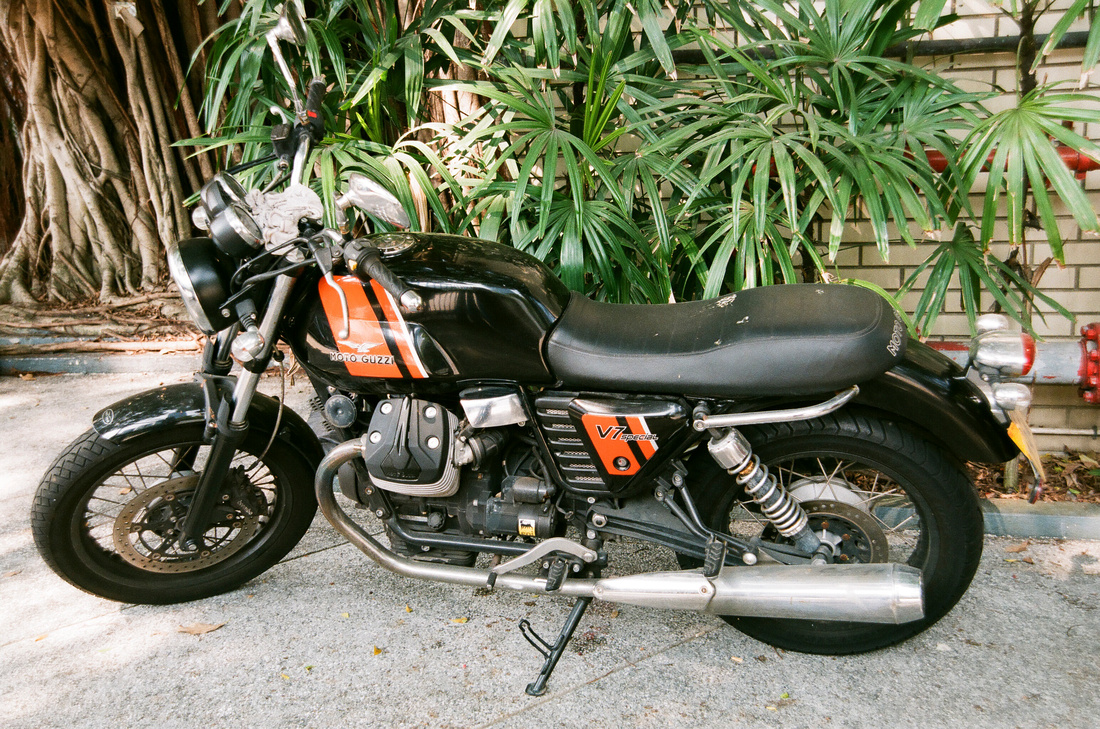

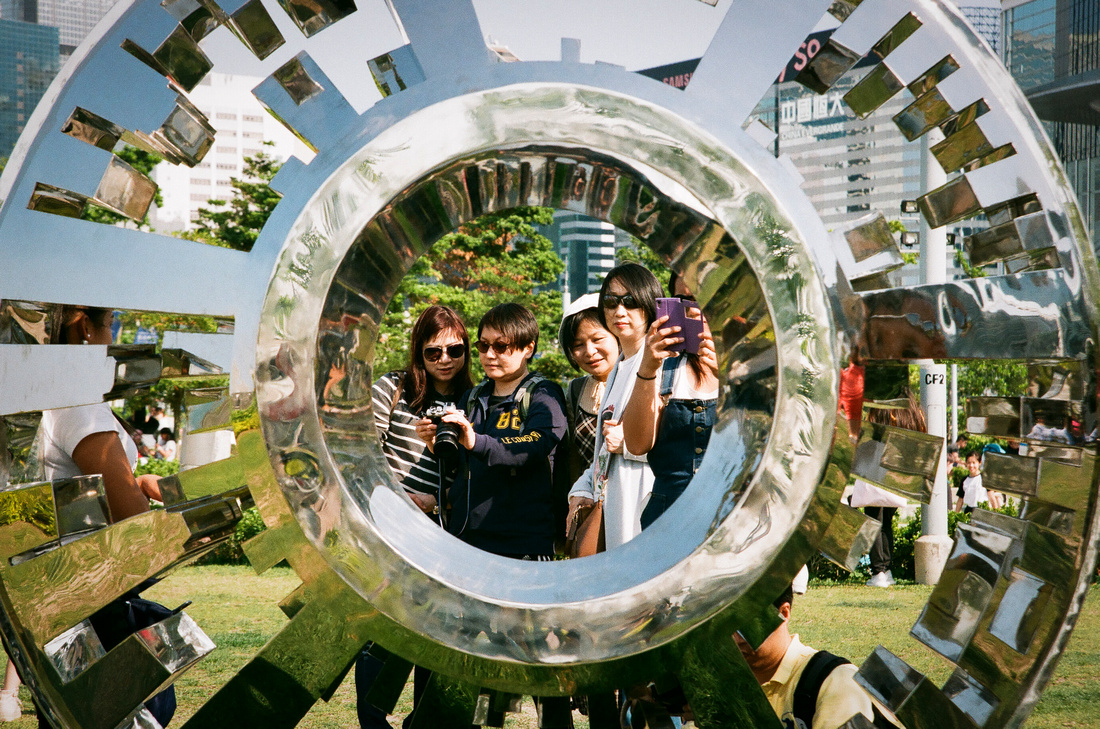

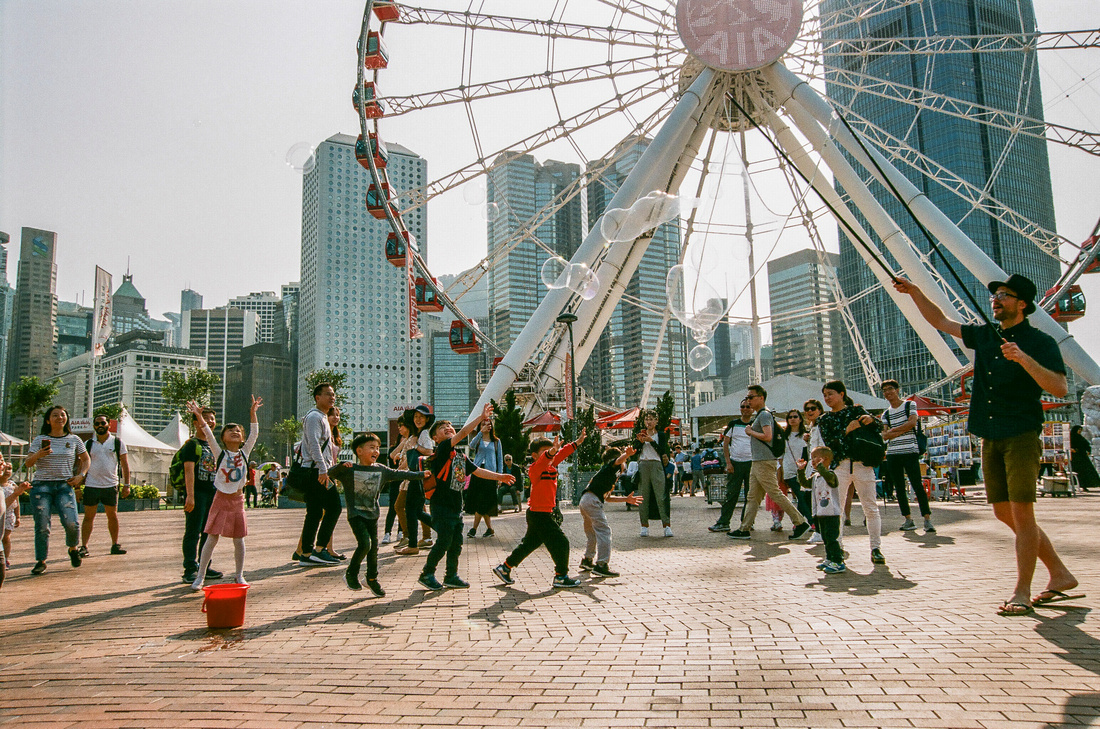

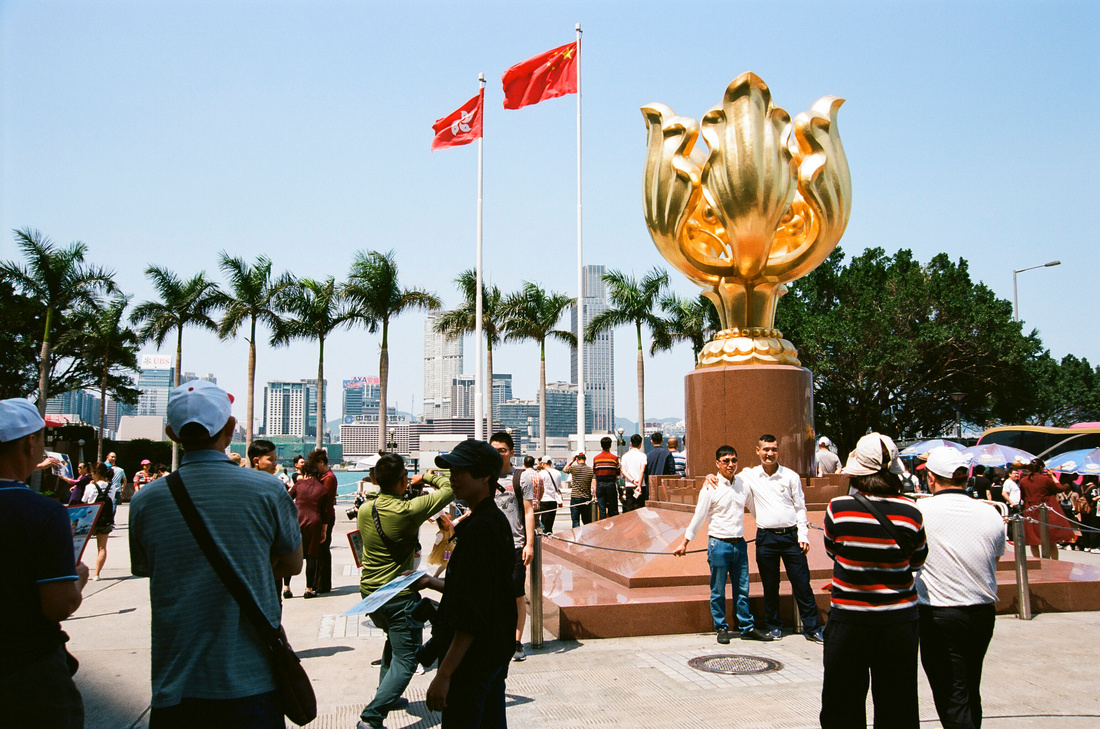

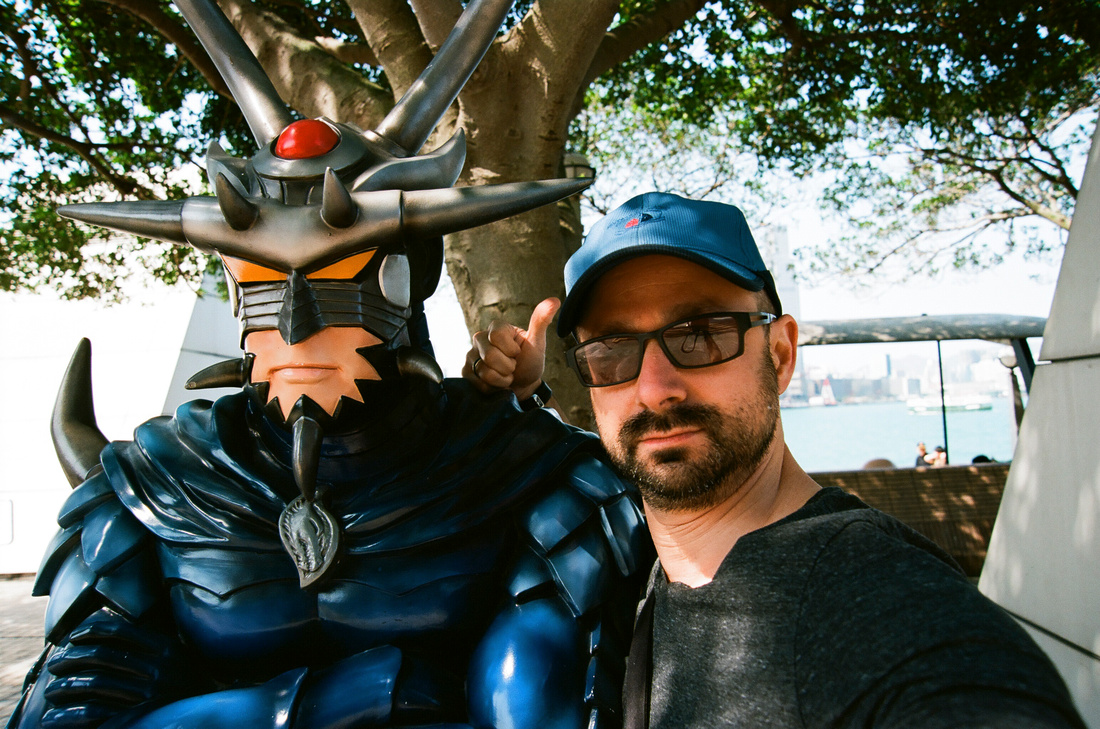

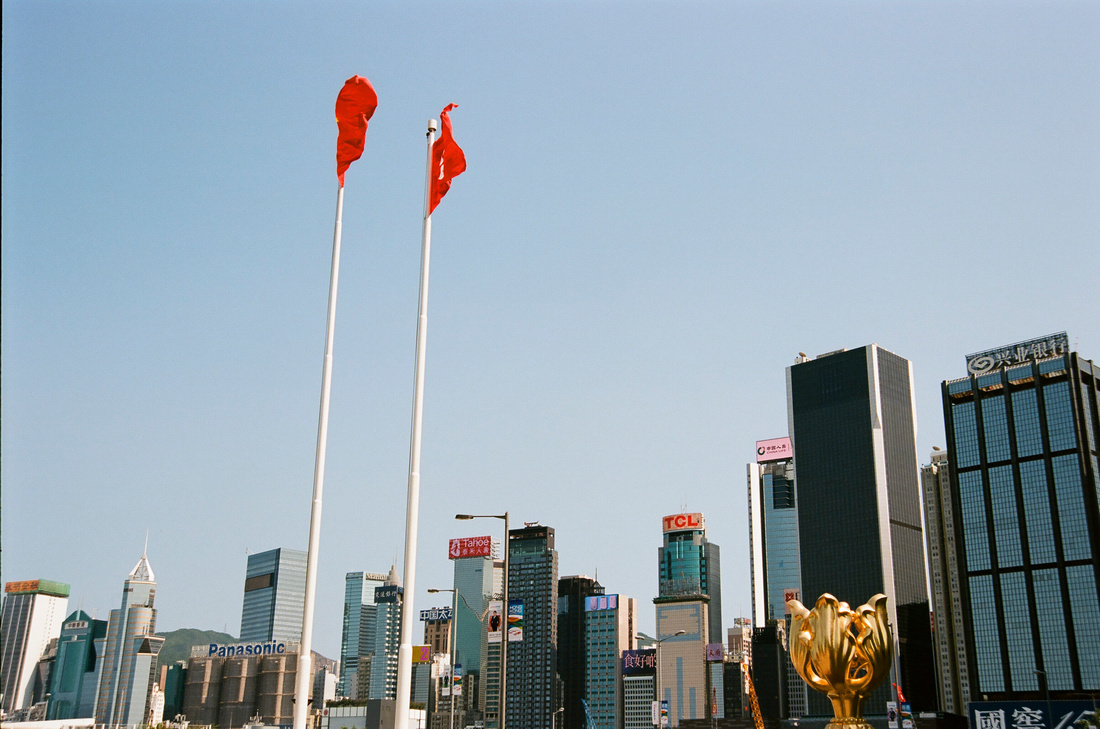





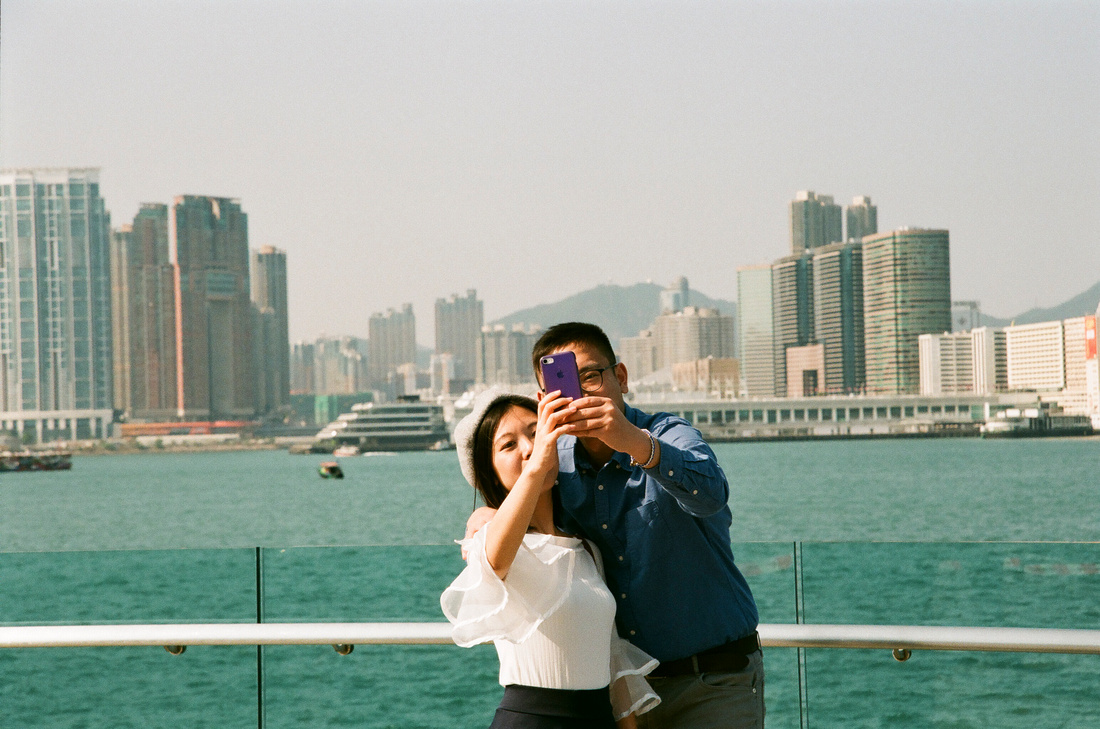



Casual Photophile Tip & Techniques No. 001 The Subject is the Subject
The Inspired Eye Photography Magazine Issue #40 (full interview)
Hong Kong Free Press: HKFP Lens
Blog #18 Criticizing Photographs or Beyond the “like”
Blog #25 Don’t Be Afraid of the Dark[room].
Blog #47 Composition, Composition, and More Composition
Blog #65 Summer is for Travel (Hanoi)
Blog #67 Risks, Rules, & Restrictions
Blog #68 Photography is a Gift
Blog #72 Living the Creative Life
Blog #90 Restrictions, Revisited
Blog #93 Photographic Technique
Blog #101 Alexander Rodchenko @ F11 Photo Museum
Blog #101 Alexander Rodchenko @ F11 Photo Museum
Alexander Rodchenko was born in St. Petersburg, Russia in 1891. After art school, he got hooked on photography. His work is absolutely amazing! To say that he was ahead of his time would be a understatement. Photography had been invented some 60 years or so before he came to the field. The work that preceded him could be described as simplistic or formal. Compositions and portraits were straight forward in the early days of photography. This was the case mostly due to the limitations of the gear. Cameras were big and heavy along with the glass plates and complicated not to mention unreliable chemistry that was needed. In the 1930s with the 35mm film size and small portable Leica cameras, the world of photography exploded and Rodchenko was there to light the fuse.
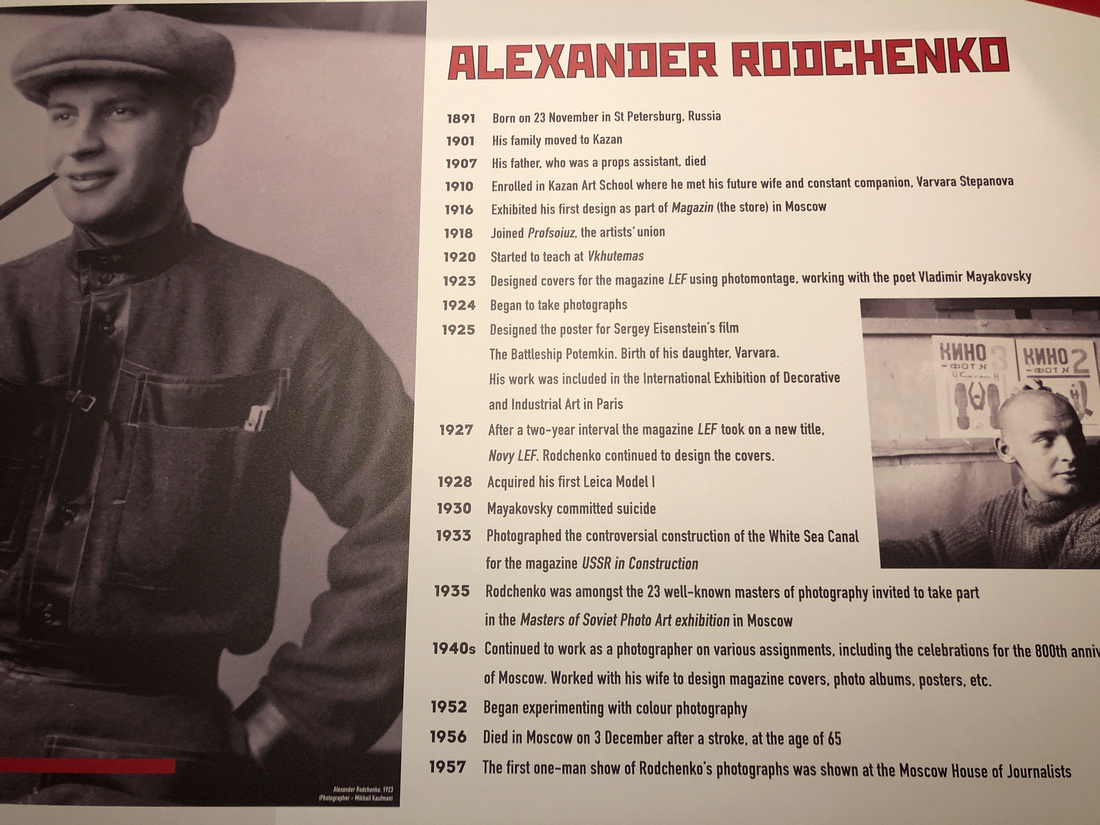

His point of view was ever changing. He got close like really close to his subjects. He got so close that at times he was underneath his subjects aiming straight up at them from their chest or perhaps knees. His careful attention to line and form was clear in his work with architecture and construction of the day. He made images of a great dam that was constructed in Russia that was particularly notable.
Rodchenko had [at least] three unique stylists trademarks that burned his place in photography brilliance for all of eternity. The first was his penchant to tilt the lens and compose from one of the bottom corners of the frame. He used this technique so frequently that it should have resulted in the coming of the term Russian Angle rather than the more commonly termed Dutch Angle that is widely used in film and movie making to this day.
The second interesting and rather unorthodox technique used by Rodchenko was his framing of his printed photos. He used mostly square or rectangular format printing but the image was placed in a refreshing variety of locations within the matting and frame itself. He would mount the image off-center such as in the top or bottom half of the frame, or off to one side of the frame. The image seemed to have come to rest after floating organically within the four corners of the frame but in some random location. This mounting technique was in stark contrast to the simple square mounting style of the day. He was likely one of the first, if not the first to mix things up in this way.
Third, Rodchenko used a single matte colour such as red or blue to accentuate his black and white images. Of course there were only monochrome images back then so he used the matte to set off the colour and make things a bit more lively.
These were wonderfully rendered and presented images in their own right. The artist’s use of tilt, framing, and colour added to the artistic quality of the images that was rather edgy for its time. I attended a recent exhibition at F11 Foto Museum in Happy Valley, Hong Kong that would have made Rodchenko very proud had he been able to view this meticulously curated exhibit. The images here were made at the museum exhibit. I hope that you can have a sense of the work and interesting style that Rodchenko has left us with.
The light is always right.
jhg
*Images: © Jeremy H. Greenberg March 2018
Where: Hong Kong
Subject: Alexander Rodchenko Exhibit @ F11 Foto Museum, Happy Valley, Hong Kong
Gear: iPhone X
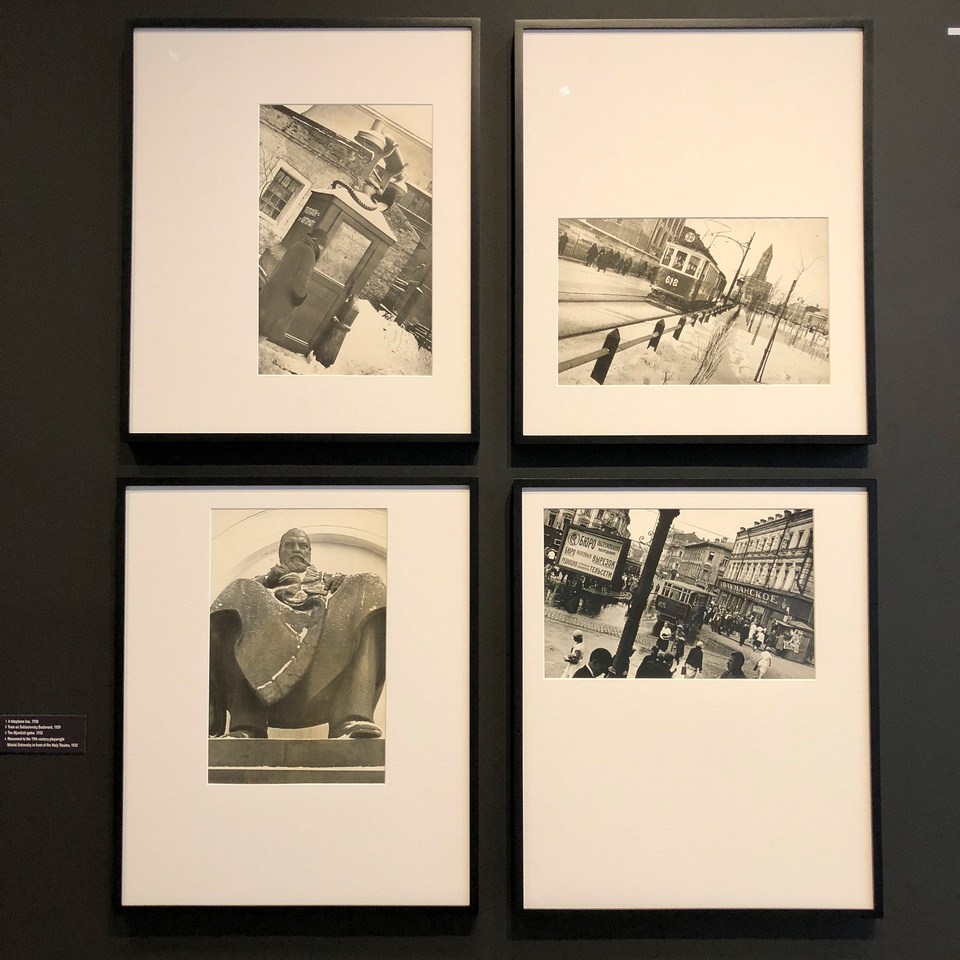

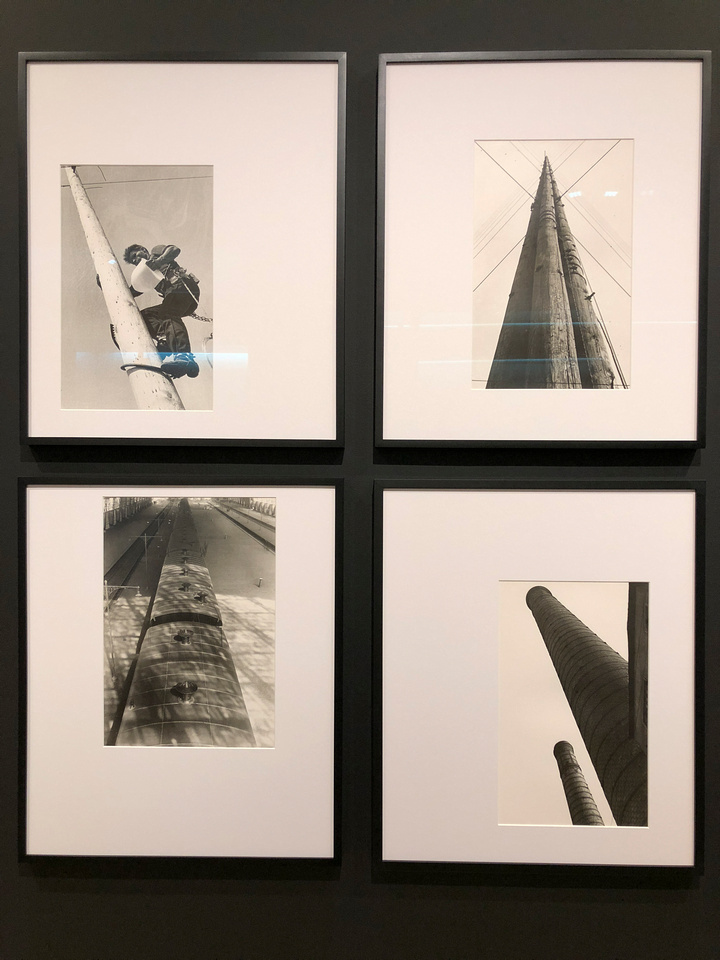



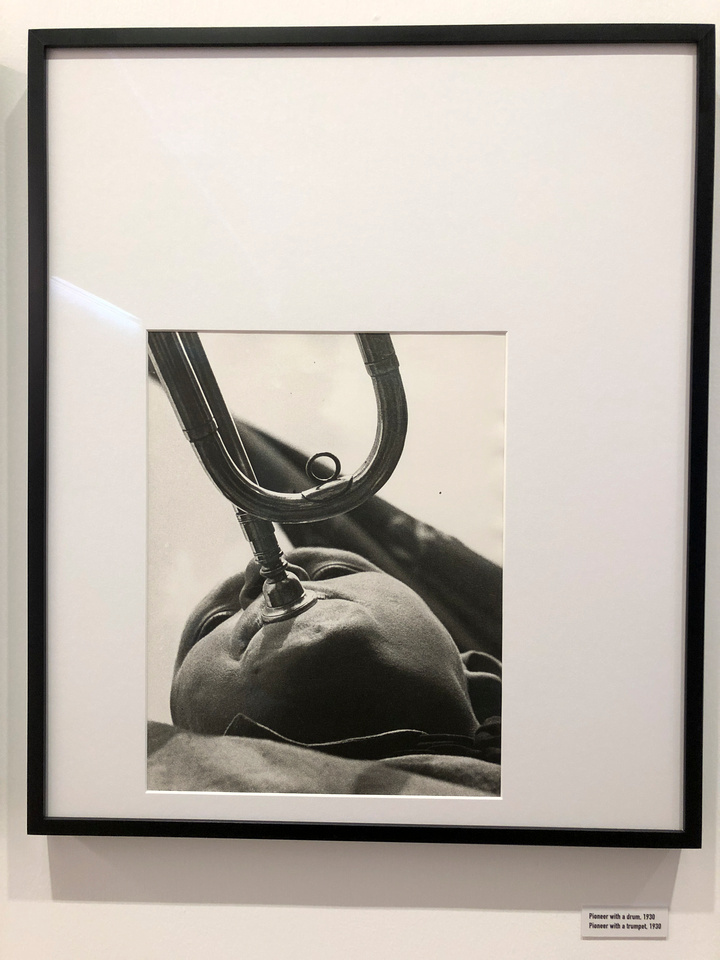

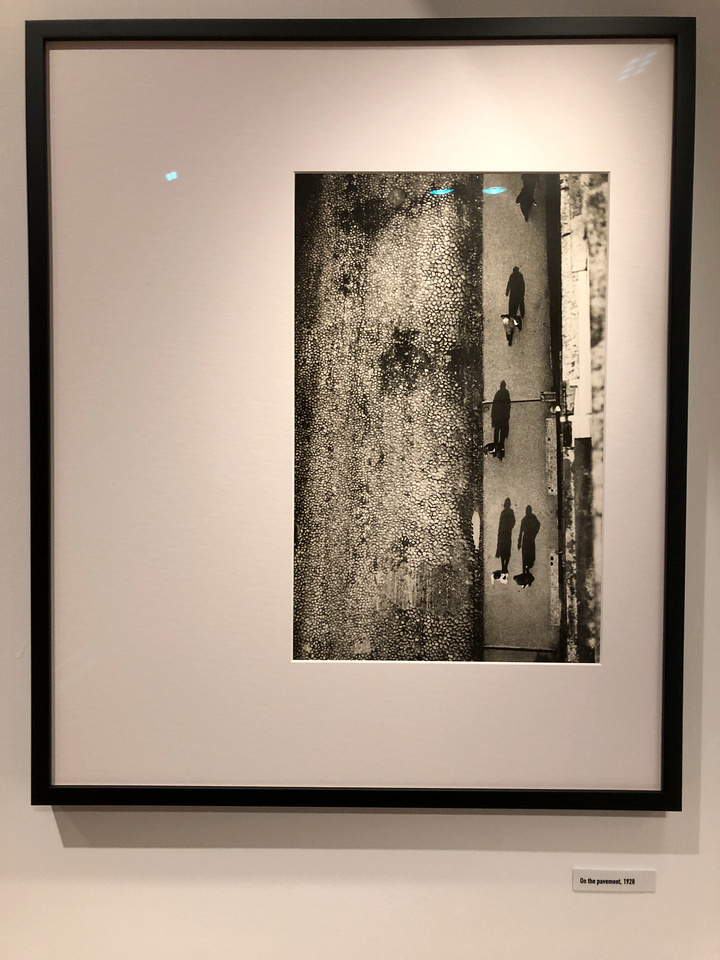

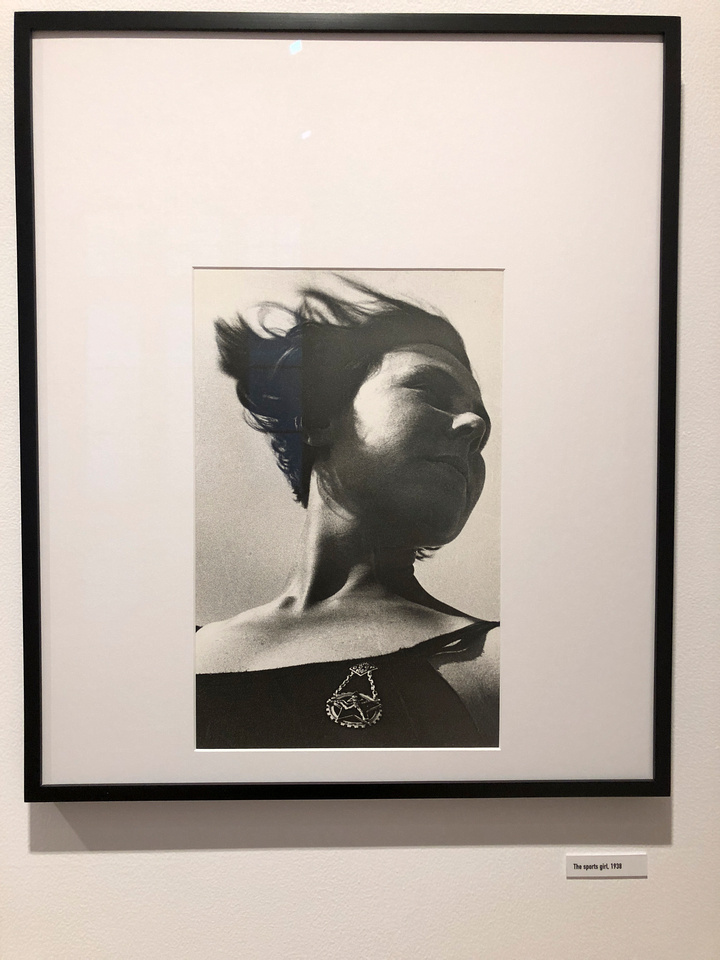

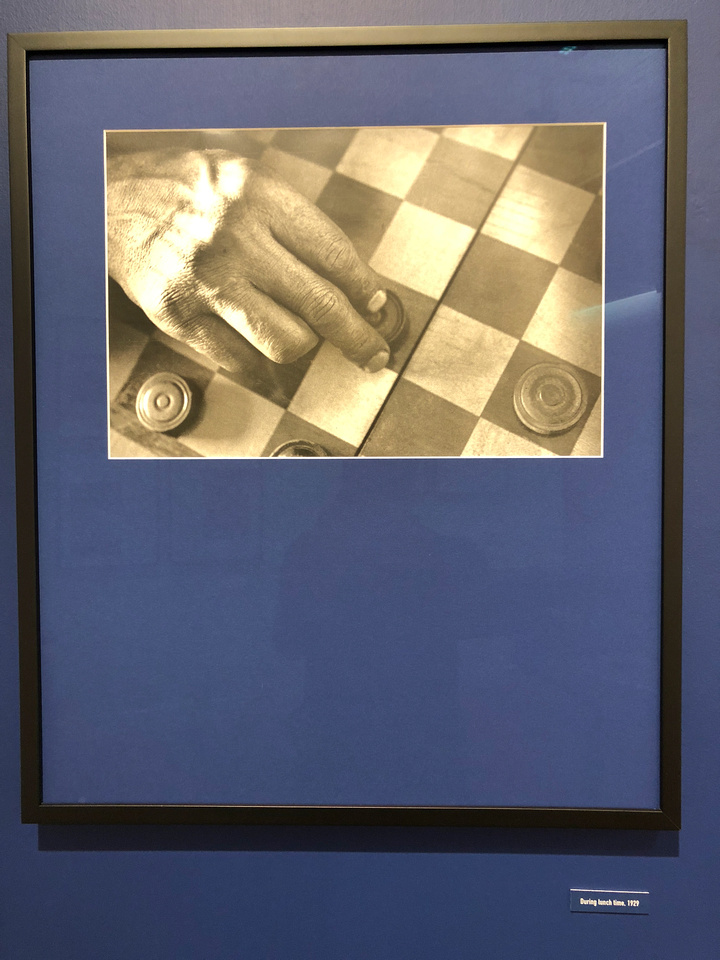

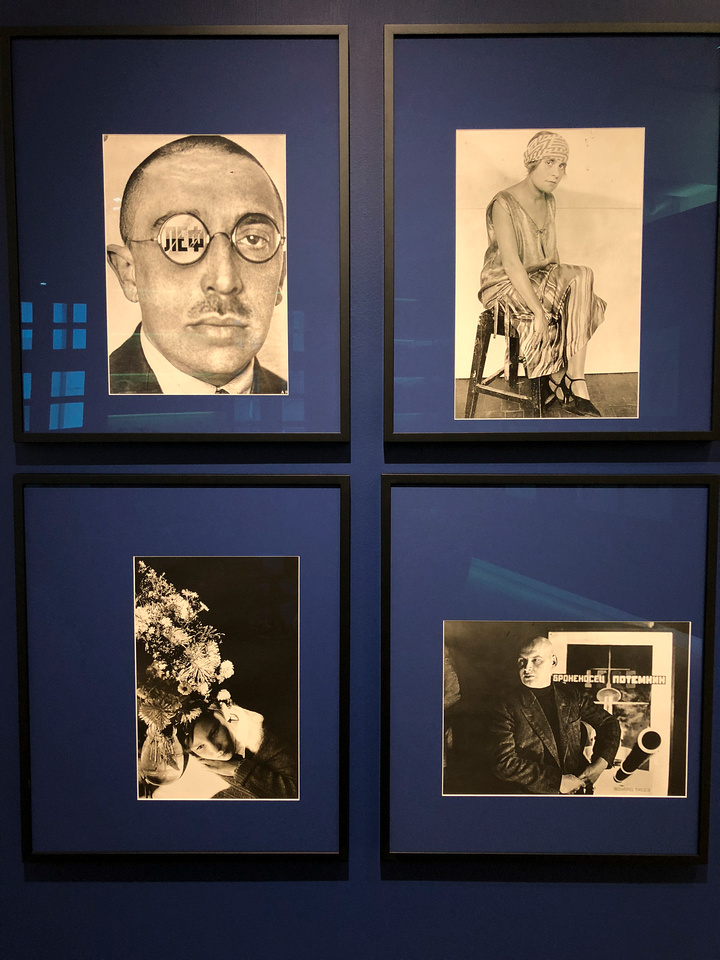



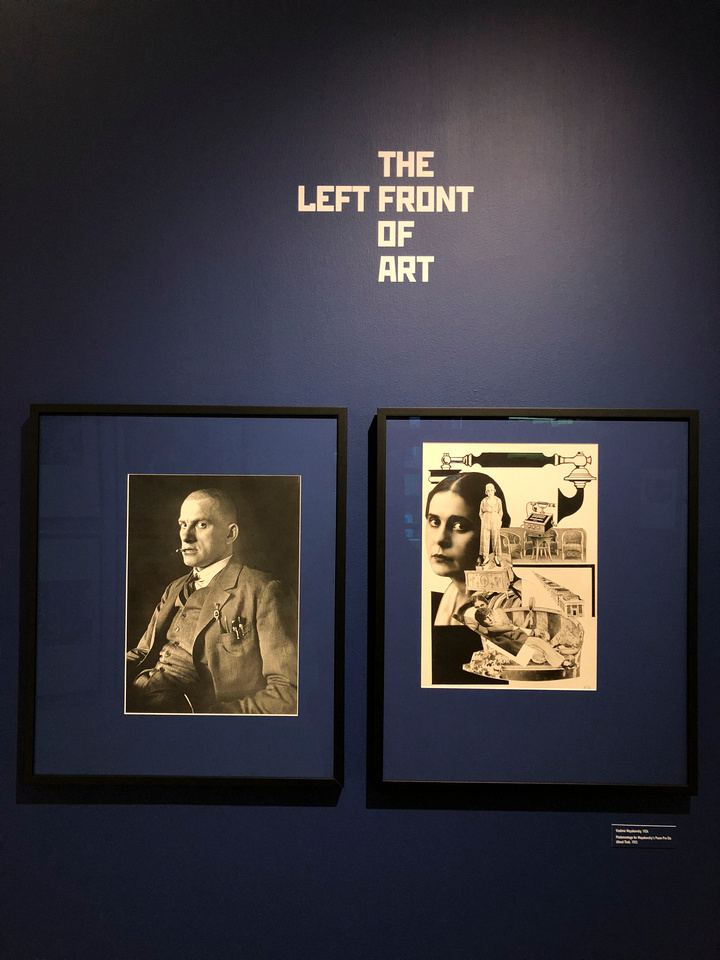

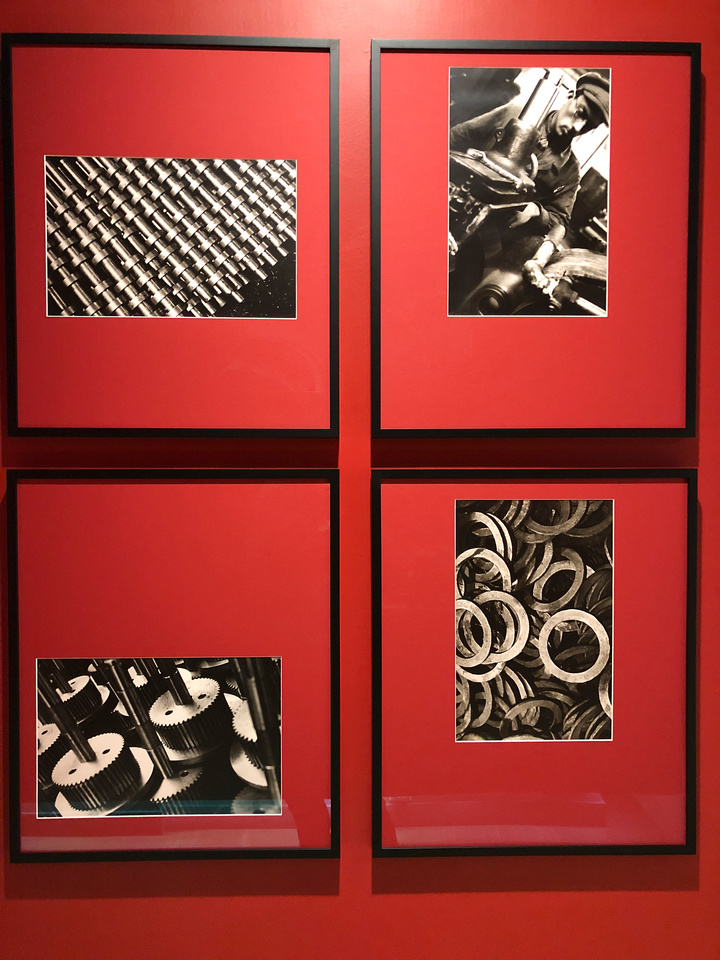

Casual Photophile Tip & Techniques No. 001 The Subject is the Subject
The Inspired Eye Photography Magazine Issue #40 (full interview)
Hong Kong Free Press: HKFP Lens
Blog #18 Criticizing Photographs or Beyond the “like”
Blog #25 Don’t Be Afraid of the Dark[room].
Blog #47 Composition, Composition, and More Composition
Blog #65 Summer is for Travel (Hanoi)
Blog #67 Risks, Rules, & Restrictions
Blog #68 Photography is a Gift
Blog #72 Living the Creative Life
Blog #90 Restrictions, Revisited
Blog #93 Photographic Technique
Blog #100! #ShootFilmNotBullets
Blog #100! #ShootFilmNotBullets
Wow! I’ve reached 100! If you are reading this then you might have been riding this creative and photographic roller coaster with me for some time now. Blog #1 was 9 July 2015 about two years and eight months ago from today. That works out to be about three posts per month in almost two years, but whose counting?
I have something special for this centennial blog post. It’s a bit more serious than my usual posts. You might consider these words and the following images as social documentary or perhaps photojournalism. I’m writing this on Monday 26 March, 2018. Yesterday, around the US in dozens of cities the #MarchForOurLives anti-gun protests took the country [and world] by storm. Students around the nation organised speeches and walk outs on the very sensitive matter pertaining to gun control. A march in support of our American brothers and sisters was held here in Hong Kong. About 700 or more Americans and others took place. I was there to document this significant event.
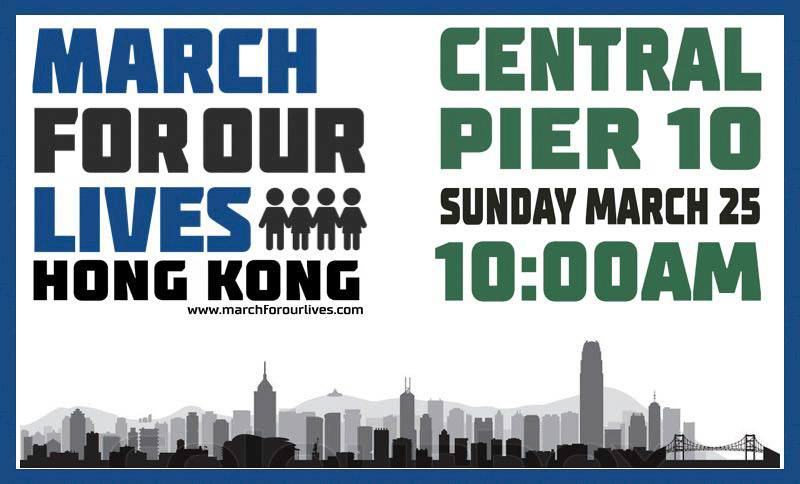

In case you’ve been living under rock for the last decade, there have been a rash of school shootings in the states and we’ve all had about enough of that bullshit. Students are sitting in class one minute and the next they’re lying in a pool of their own innocent blood. This has got to stop. The zeitgeist of the students in the states is definitely one of #EnoughIsEnough with the bloody gun problem. Trumpism is probably helping to mobilize the students since Trump himself and his republican cronies are likely part of the problem rather than the solution. They accept campaign money and other perks from the NRA so they fail to act against them in a classic conflict of interest scenario.
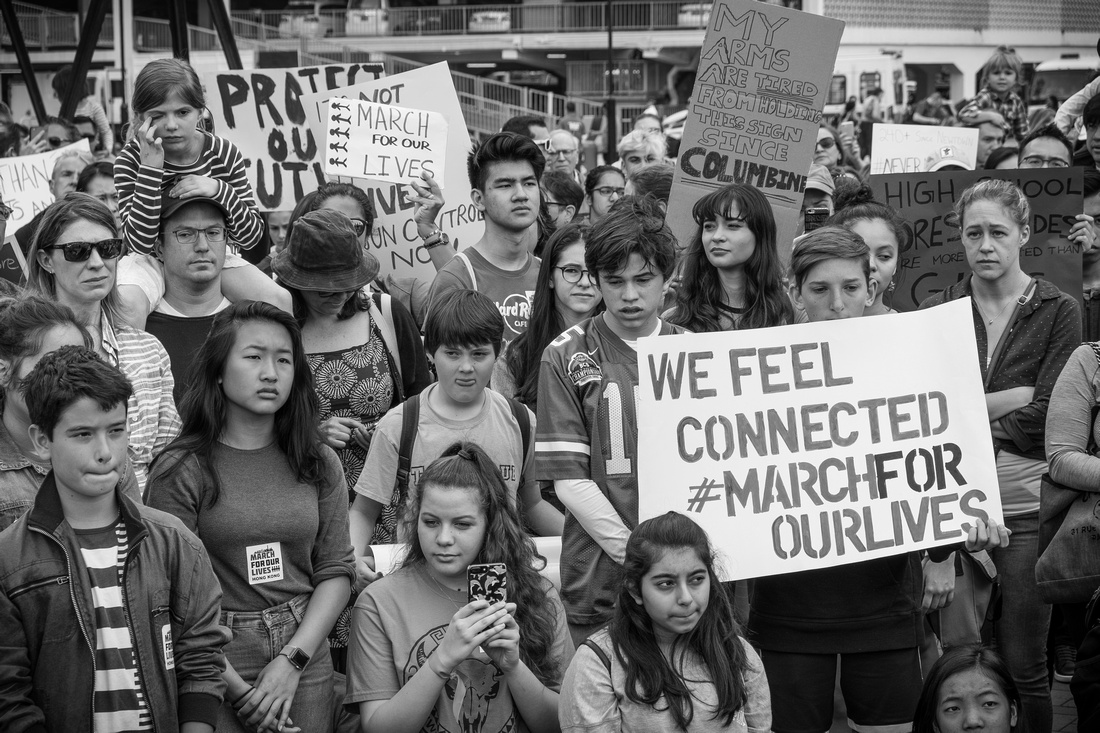
 One day in the not-so-distant past, America basically decided that a few student deaths and school shooting here and there was an acceptable price to pay for the right and privilege to basically be able to walk in to a grocery store, and walk out with a semi-automatic machine gun. WTF? Now I fully understand that there are responsible citizens who love shooting on a range or folks who hunt for sport. To them I say, #ShootFilmNotBullets, #BooksNotBullets, and #EnoughisEnough. Find a new hobby, bro!
One day in the not-so-distant past, America basically decided that a few student deaths and school shooting here and there was an acceptable price to pay for the right and privilege to basically be able to walk in to a grocery store, and walk out with a semi-automatic machine gun. WTF? Now I fully understand that there are responsible citizens who love shooting on a range or folks who hunt for sport. To them I say, #ShootFilmNotBullets, #BooksNotBullets, and #EnoughisEnough. Find a new hobby, bro!
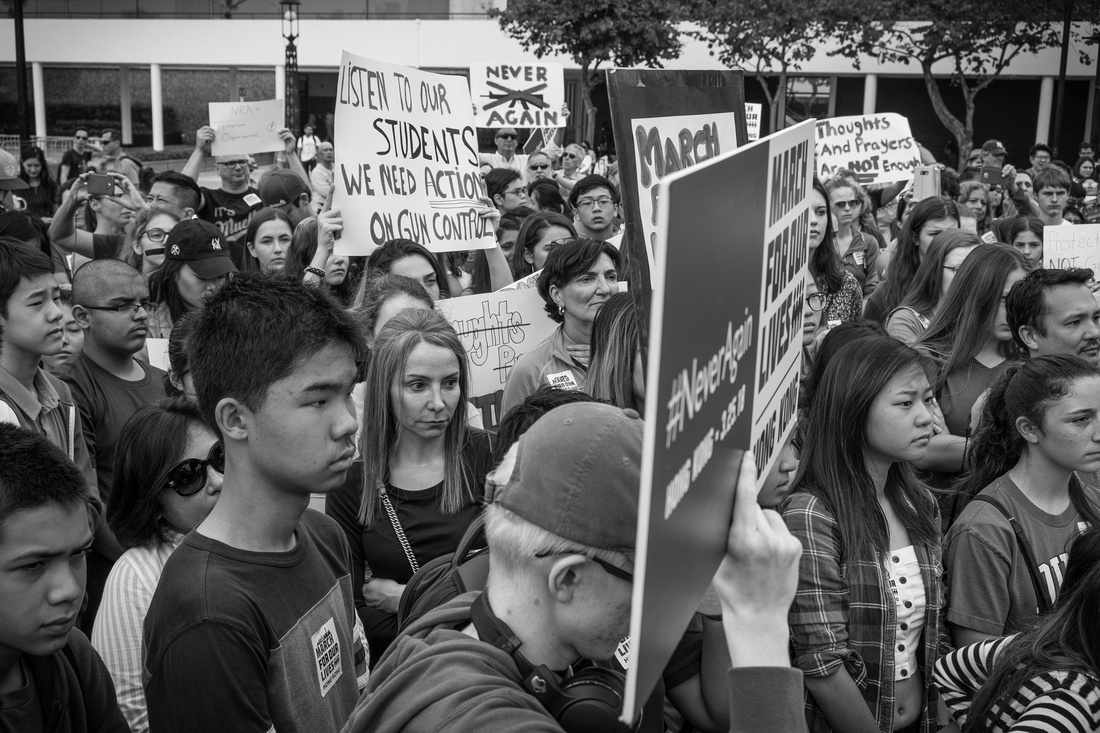

Minimum ages, background checks, annual registration and interviews, mental health exams and zero access to automatic weapons should not even be up for debate here for regular untrained citizens. As an American living abroad, I’m embarrassed that our government has essentially done nothing to chill this situation out. John Paul Stevens, a retired associate justice go the United States Supreme Court advocated recently in a Times Op-Ed piece about repealing the second amendment! Just stop the whole crazy train dead in its tracks. Imagine that!
Now, the issue is complicated and steeped in American tradition, revolutionary war, independence, the Constitution, Second Amendment, and all that jazz. Nevertheless, last year about 10 people died from guns in all of Japan. Hong Kong doesn’t have a gun problem. Other developed nations have minuscule amounts of gun deaths and gun violence, and rarely if ever in schools. America is great at many things but America is not great at everything. It needs to turn its attention to attacking this issue like it did in the 1960s when it decided, as a nation, that it would send a man to moon and bring him back again. Fortunately, the millennials are trying to help those in office these days to do their jobs and clean up this shitty mess already! Only then will America truly be great again. Until then, the lunatics are running the asylum, but not for long.
The light is always right.
jhg
*Images: © Jeremy H. Greenberg March 2018
Where: Hong Kong
Subject: #MarchForOurLives Hong Kong March and Protest Support Event
Gear: Leica M6 + 35mm f/2 + Yellow #8 Filter + Kodak TRI-X400 + BERSPEED &
Fujfilm X-E3 + Fujinon Super EBC XF 18-55mm 1:2.8-4 R LM OIS






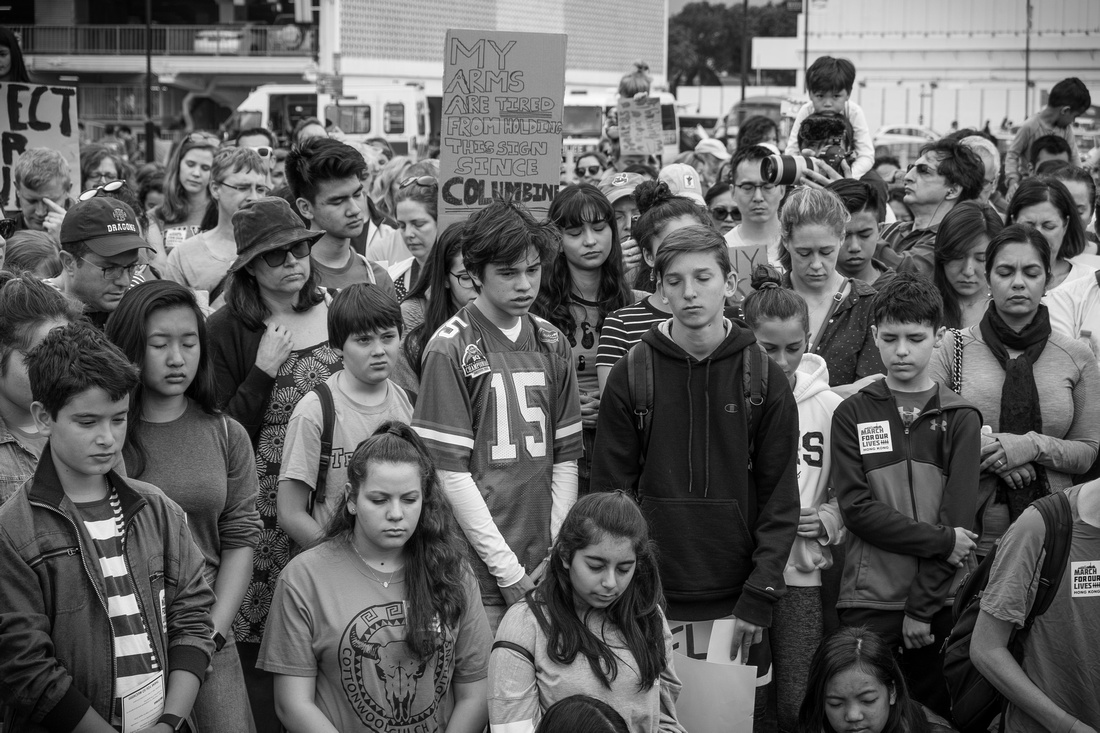

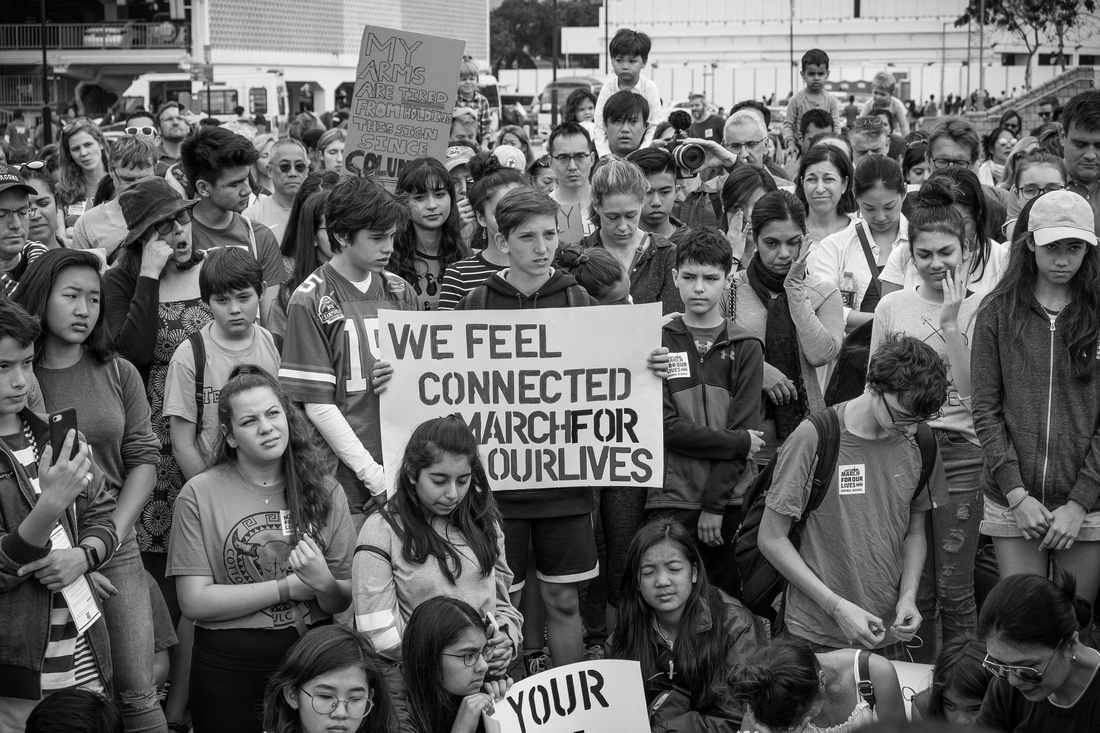

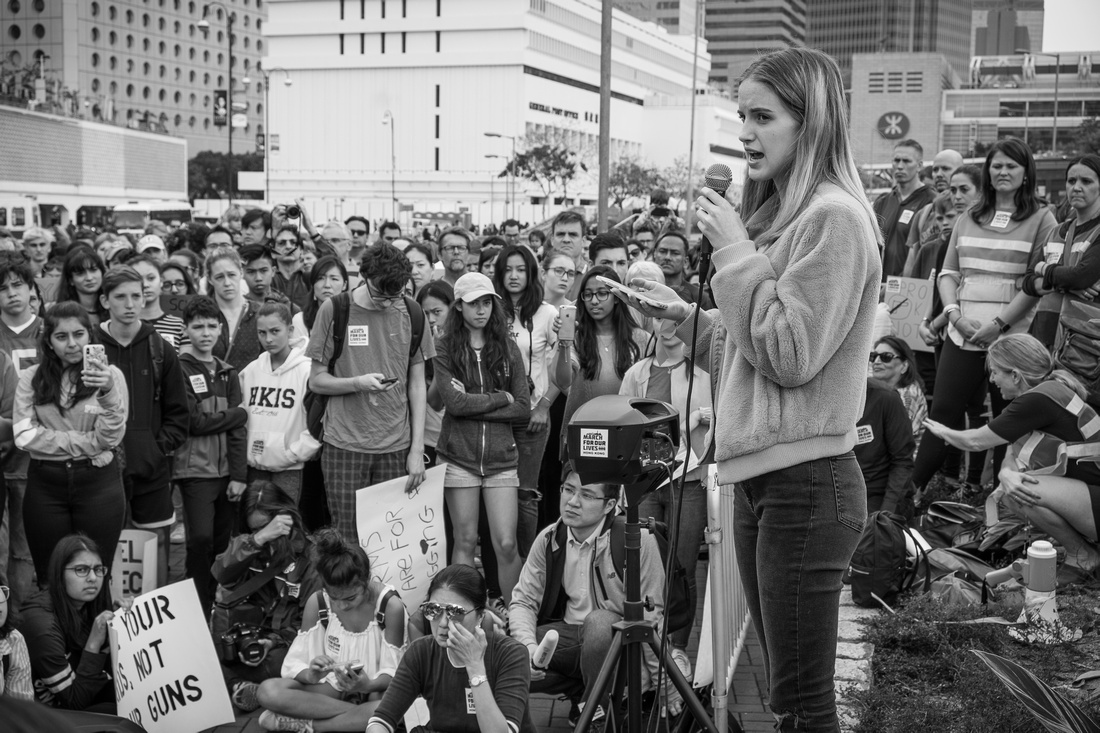

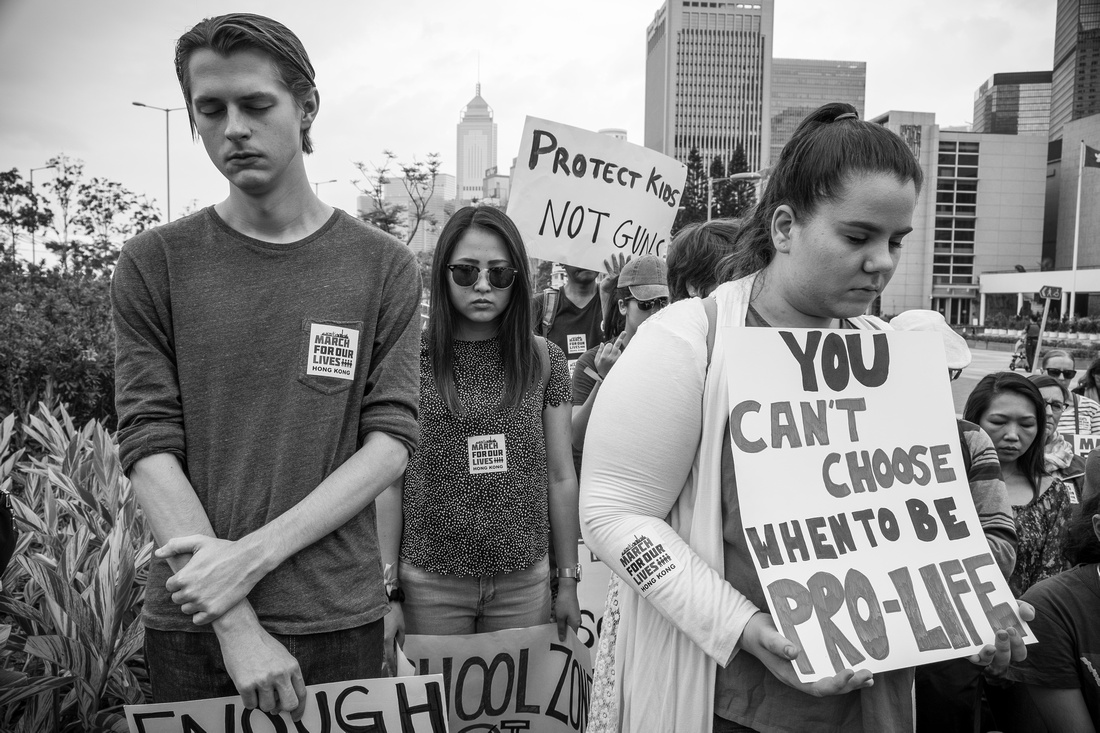

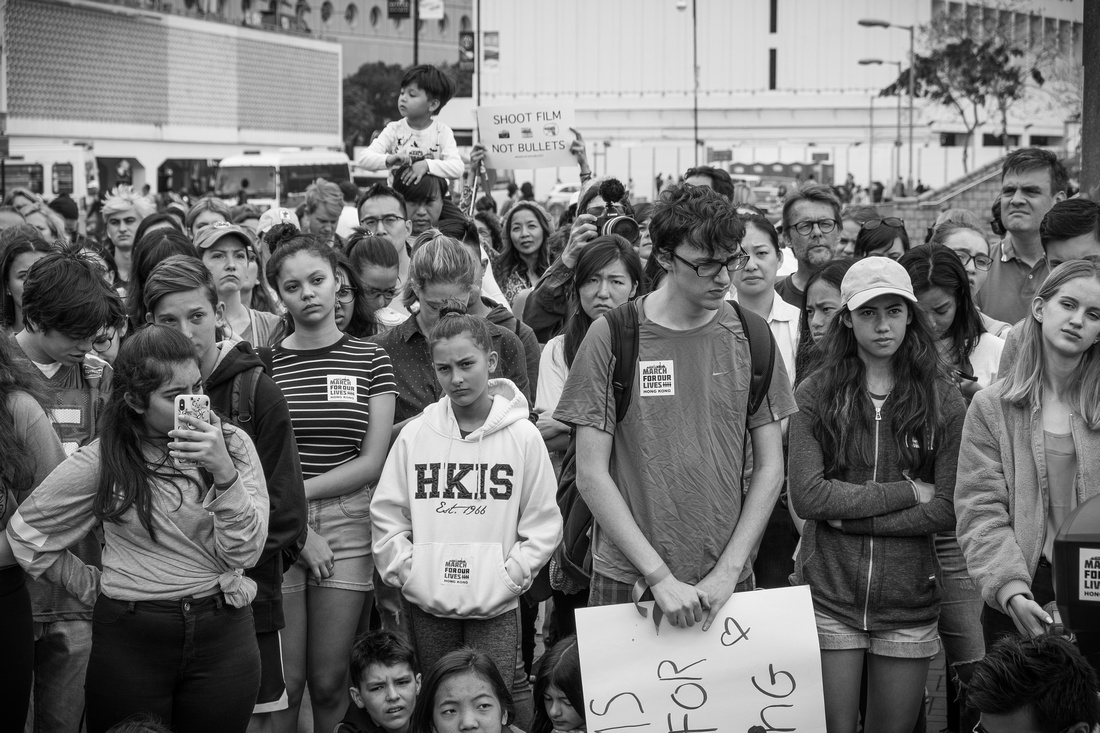

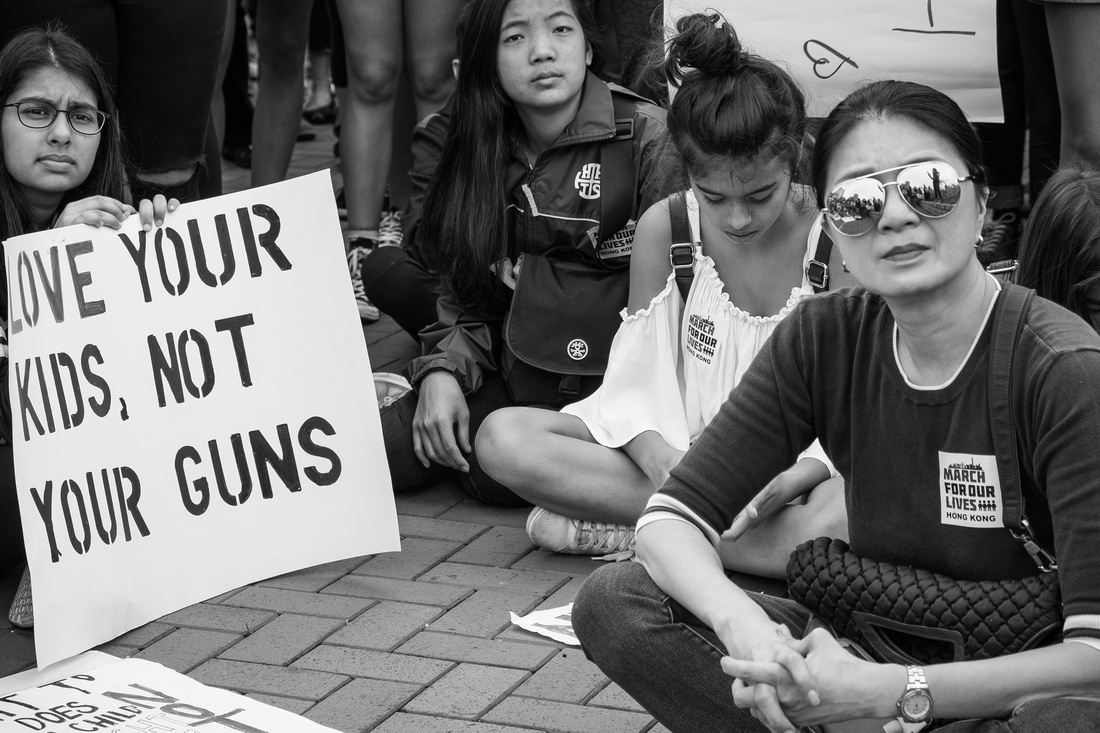

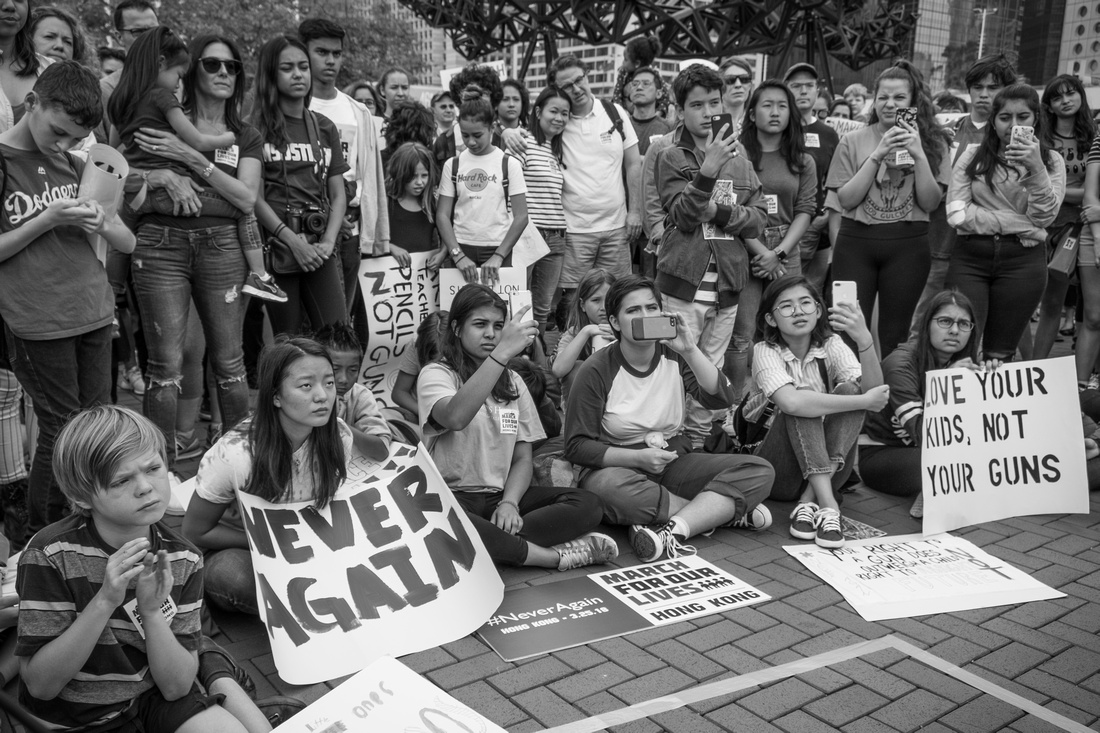

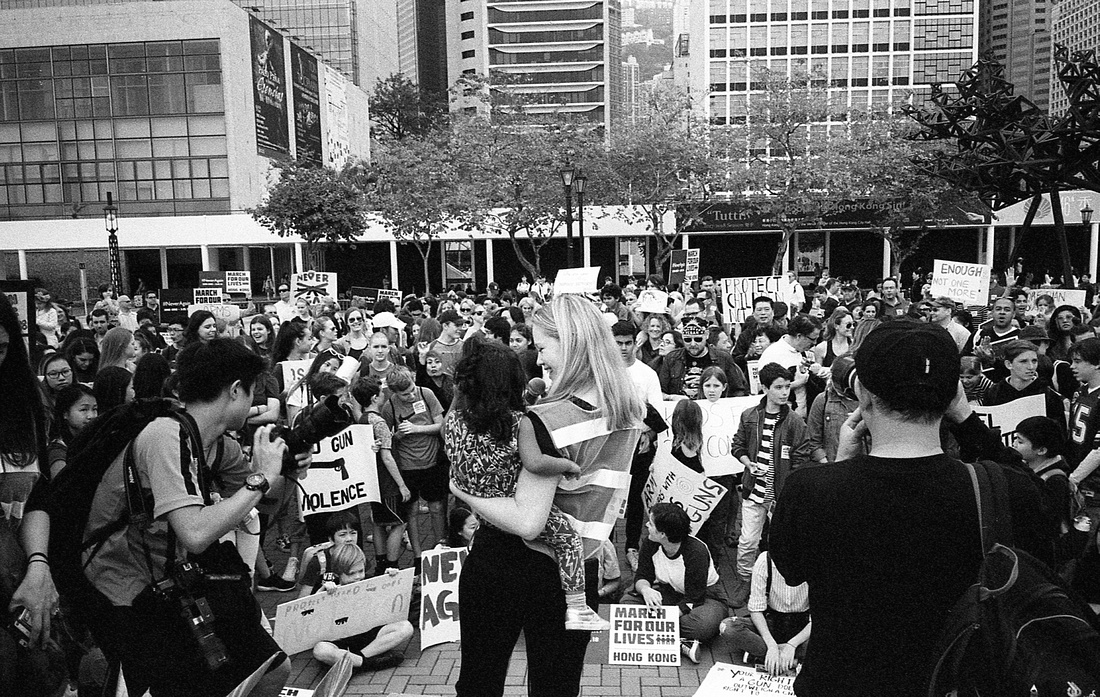

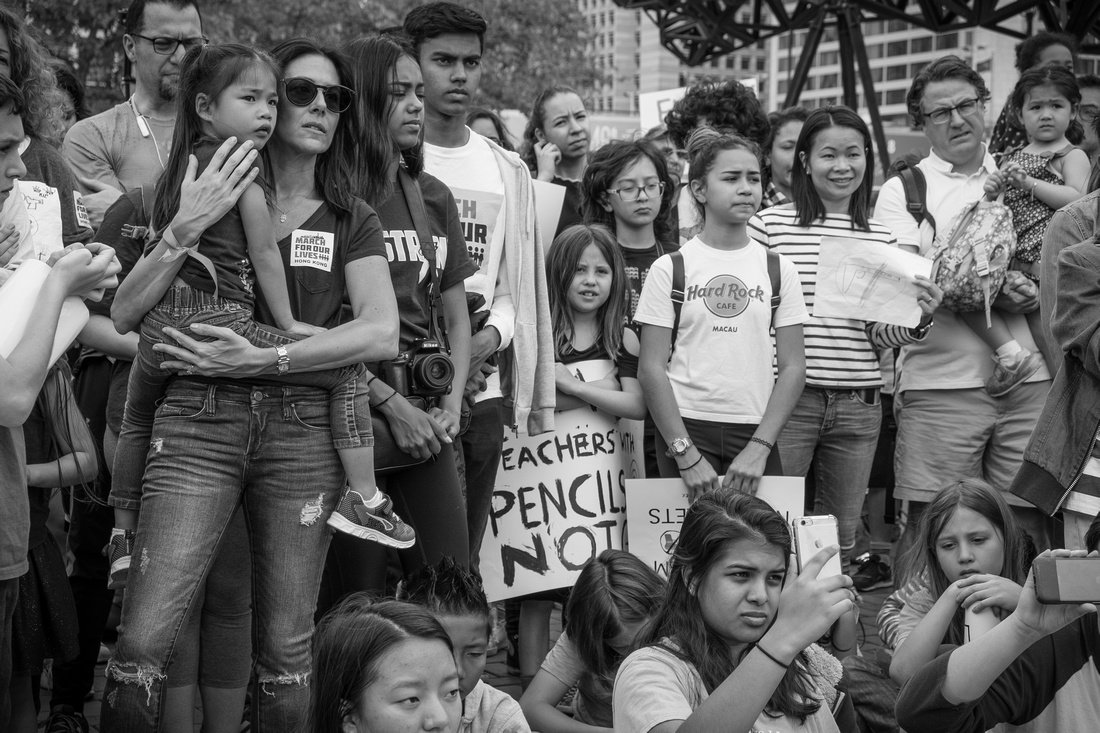

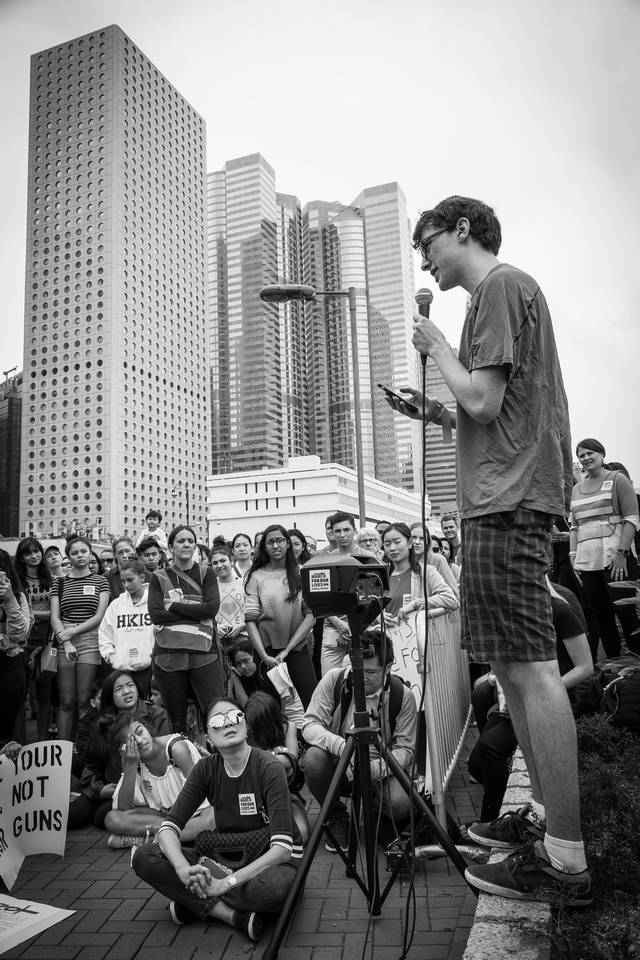

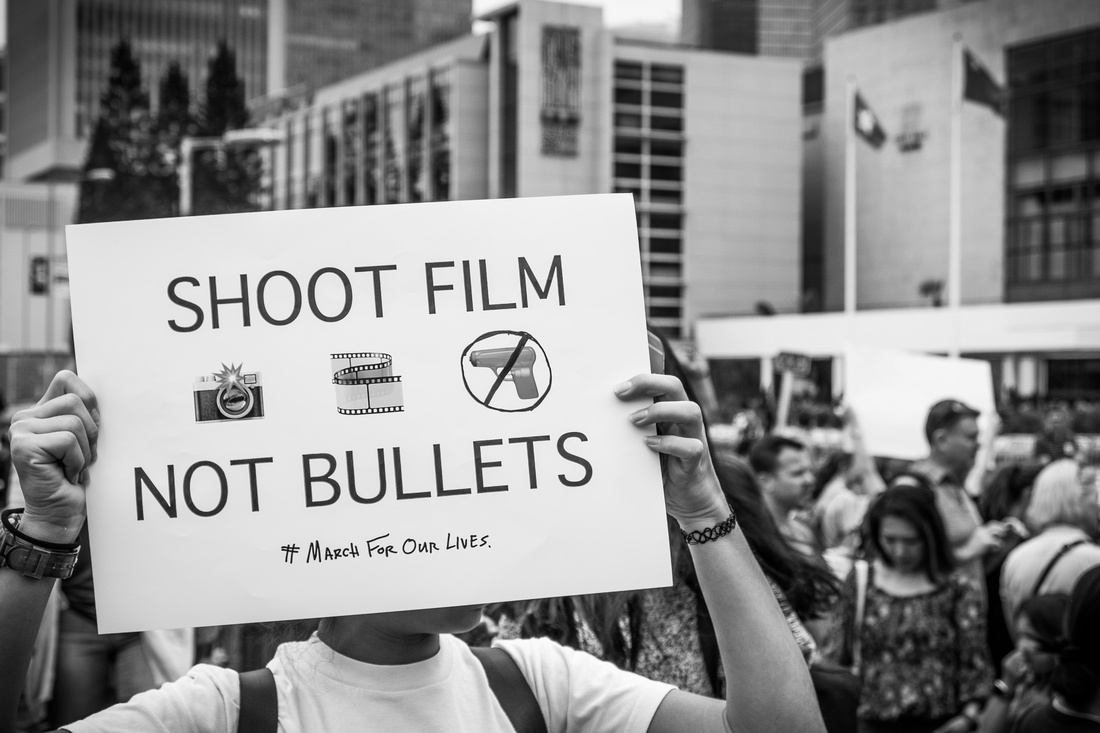



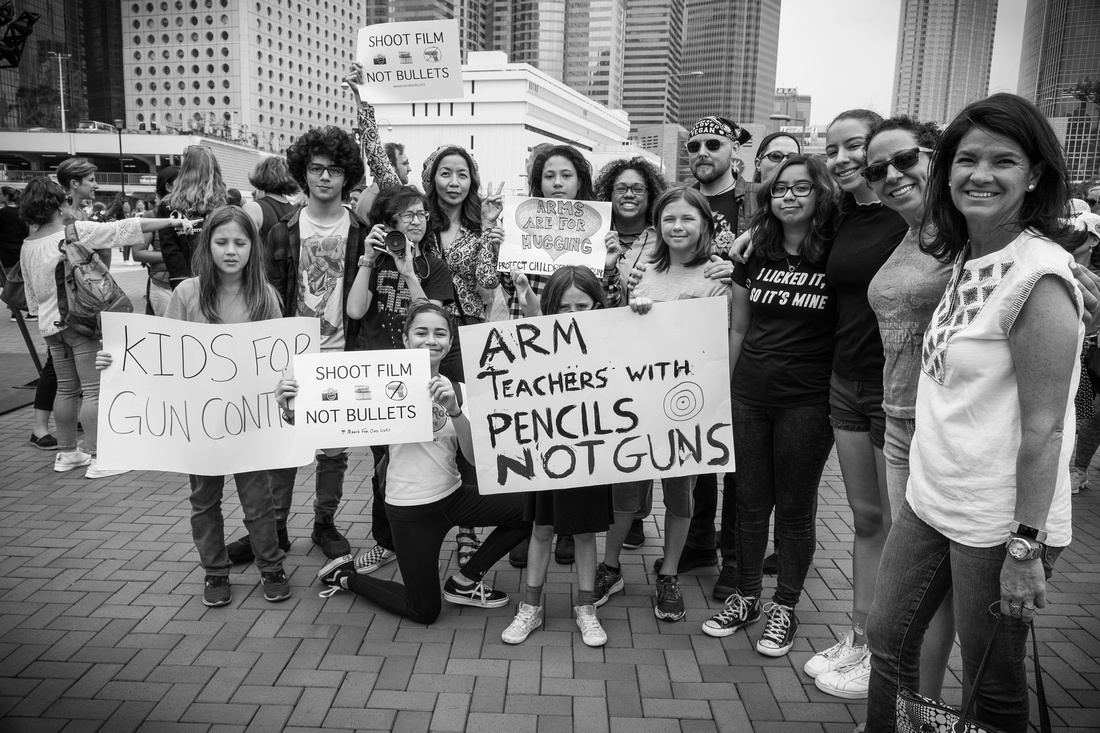

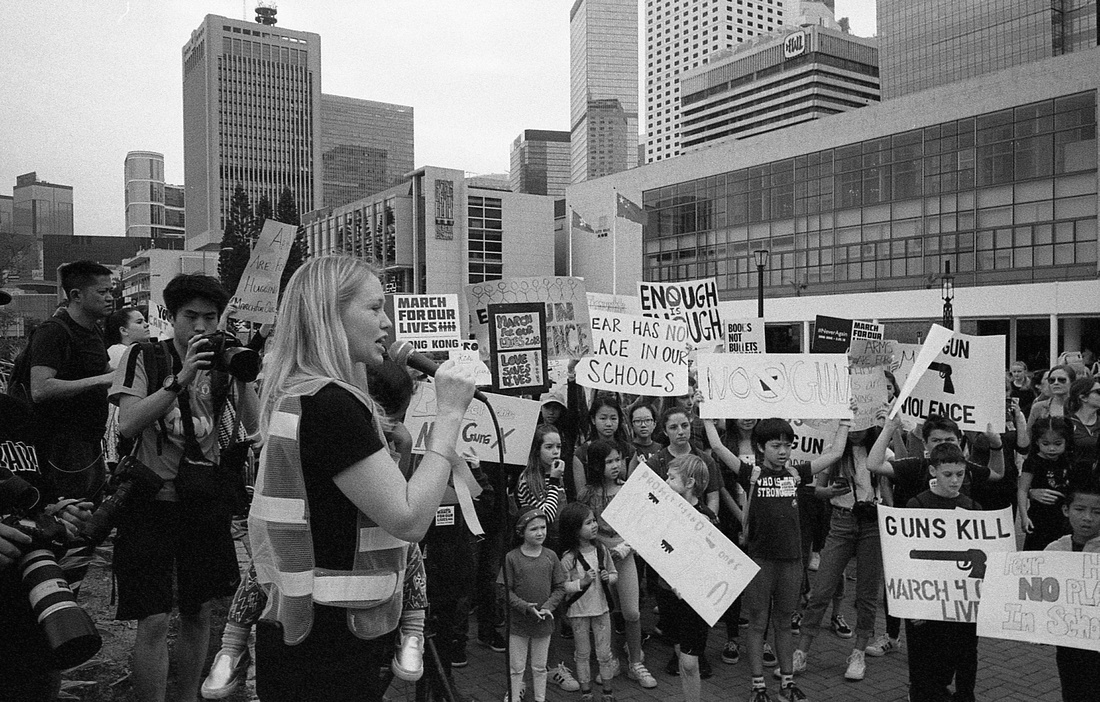



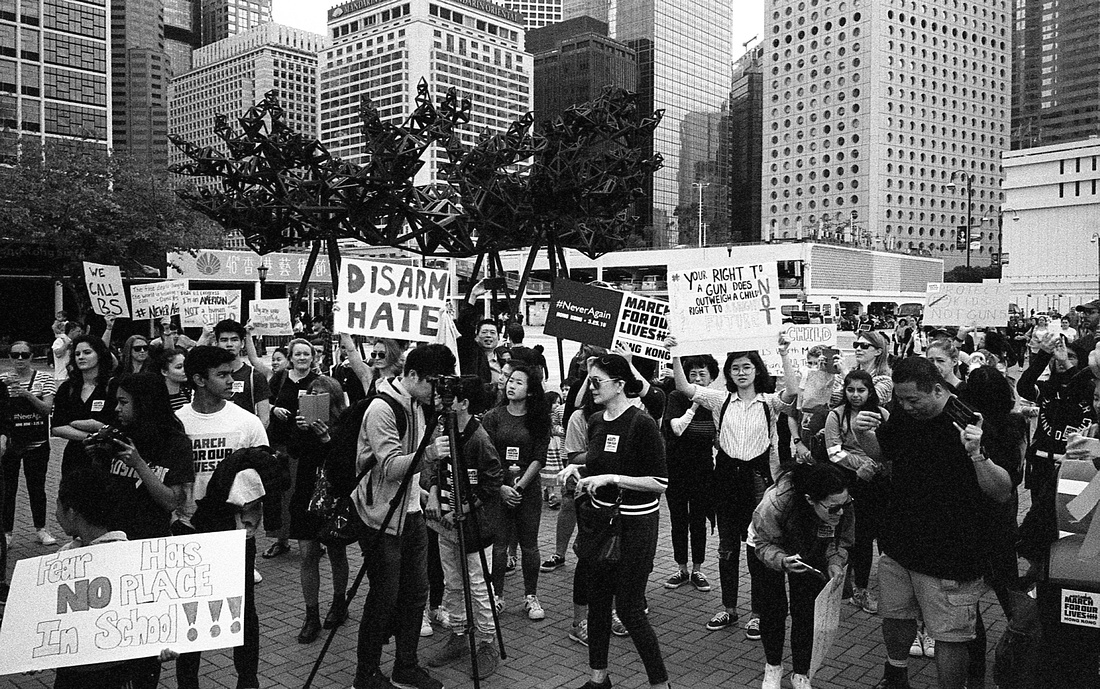

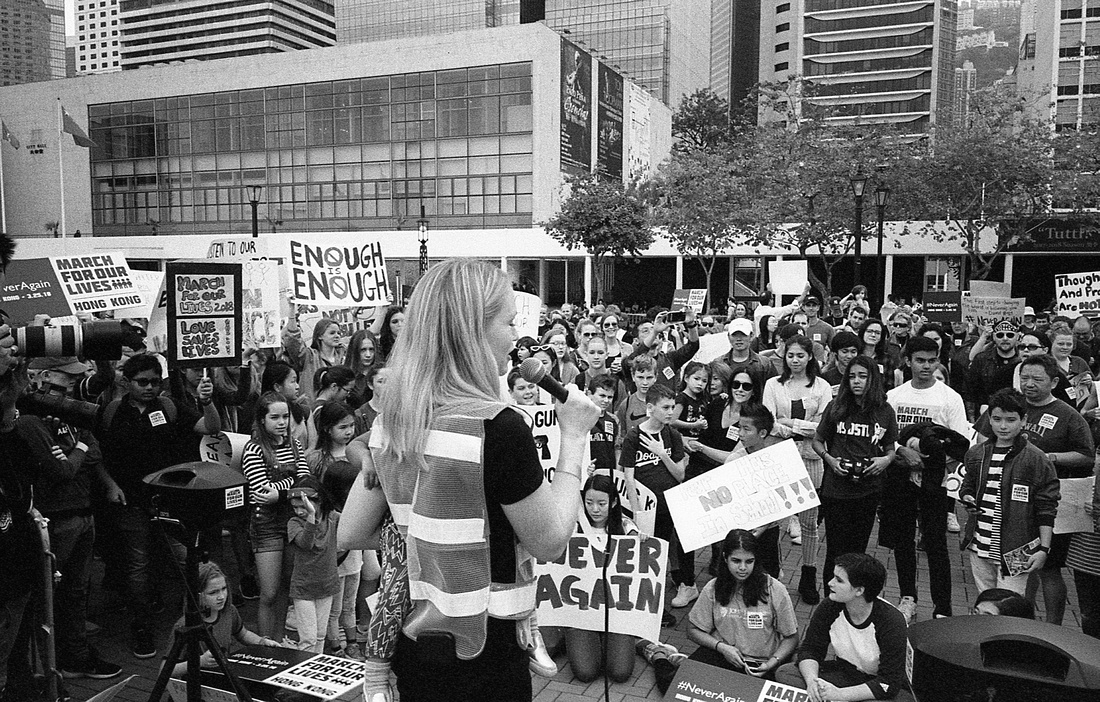



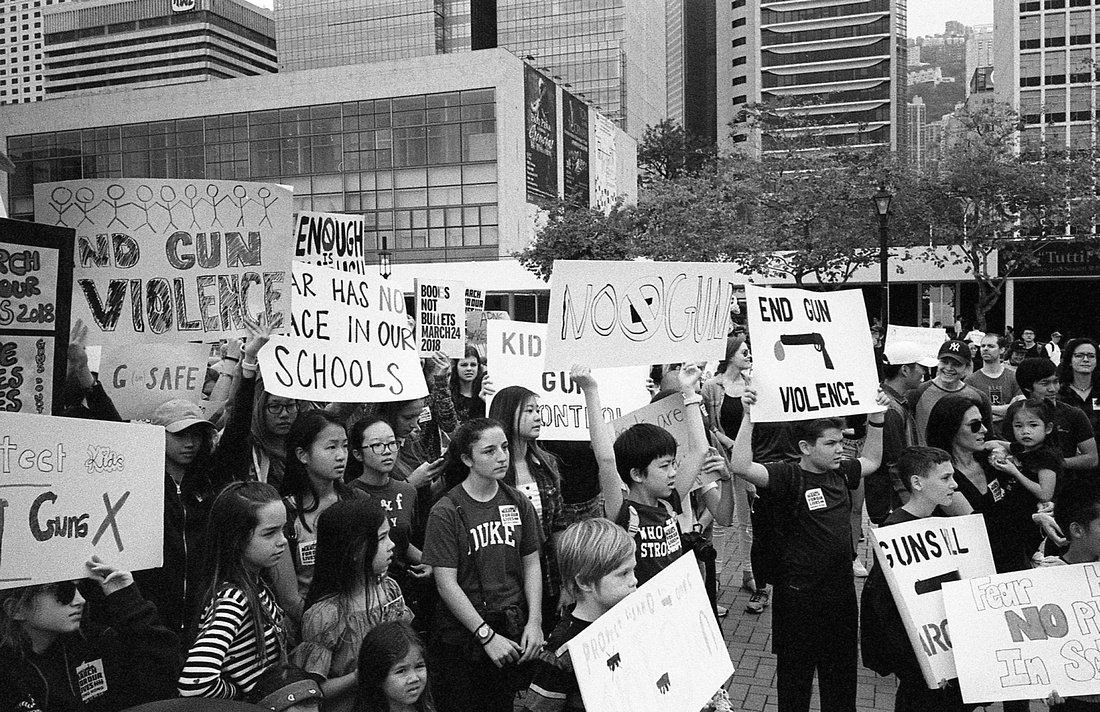

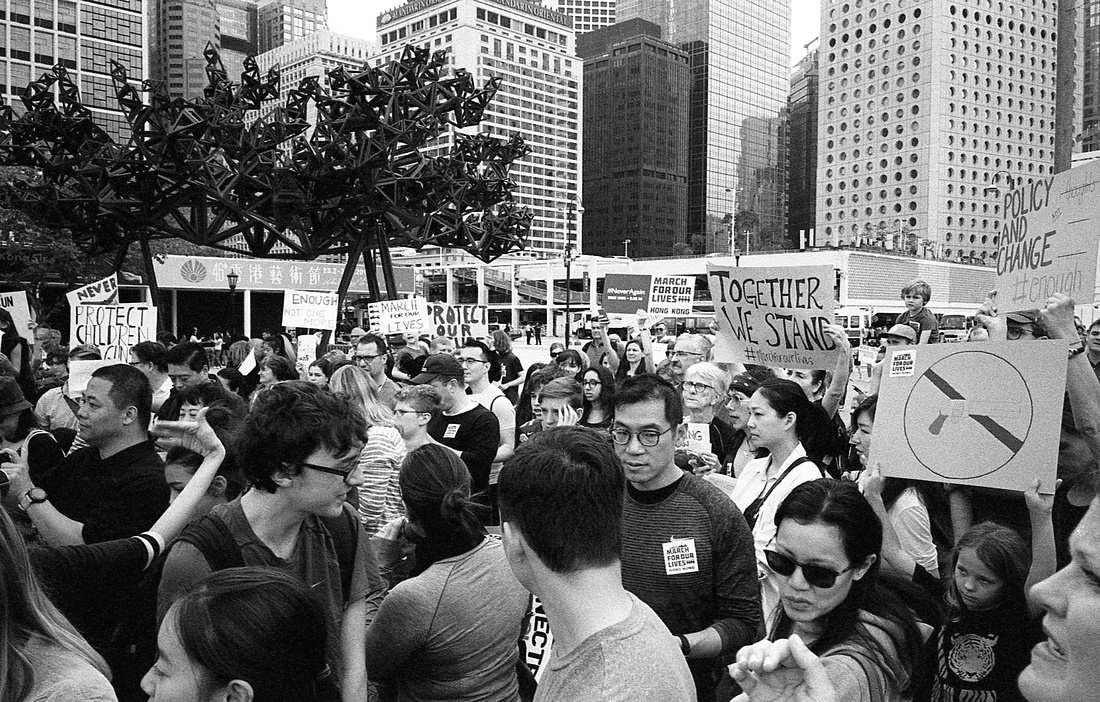

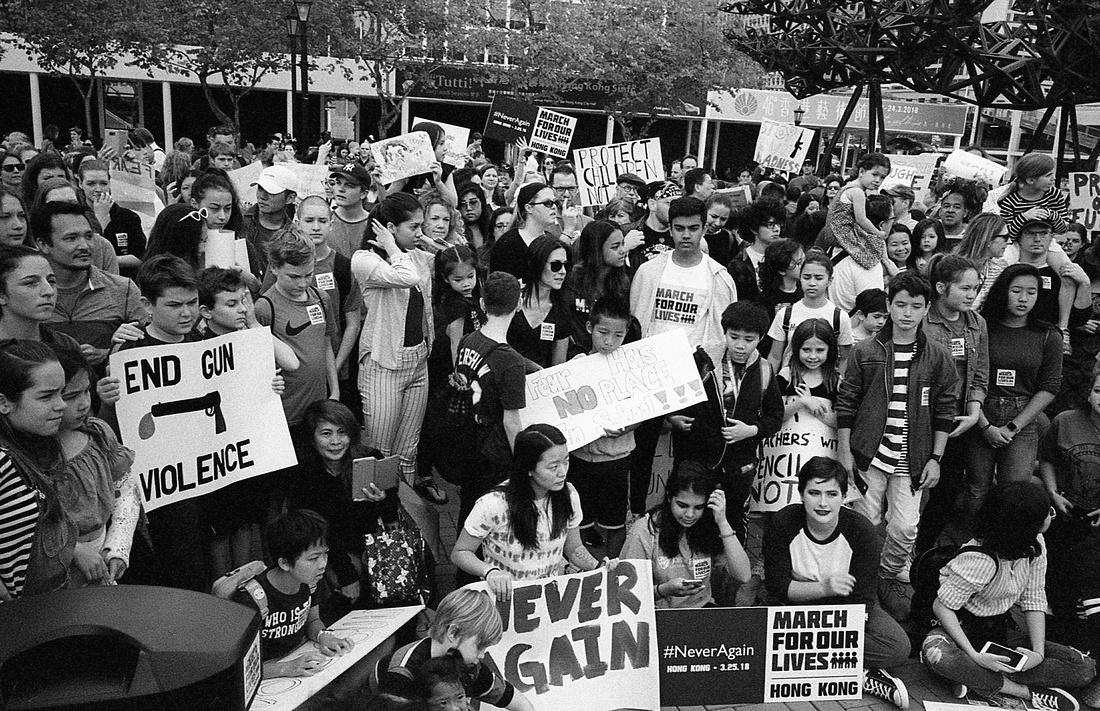

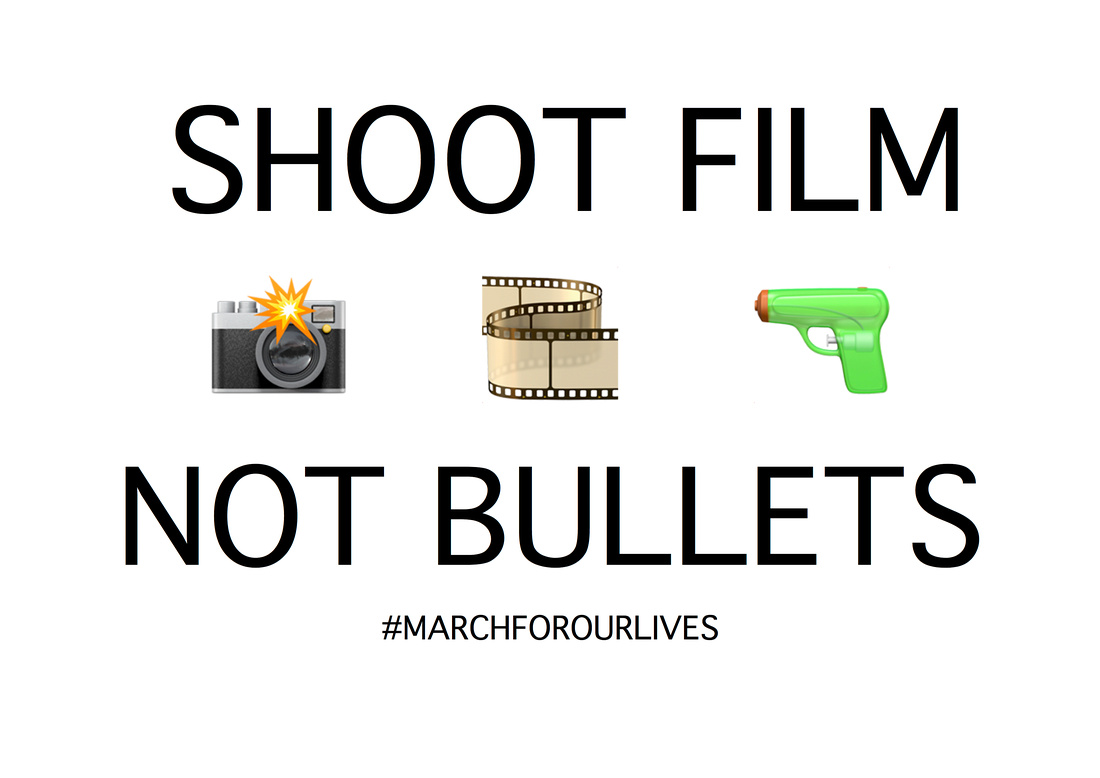

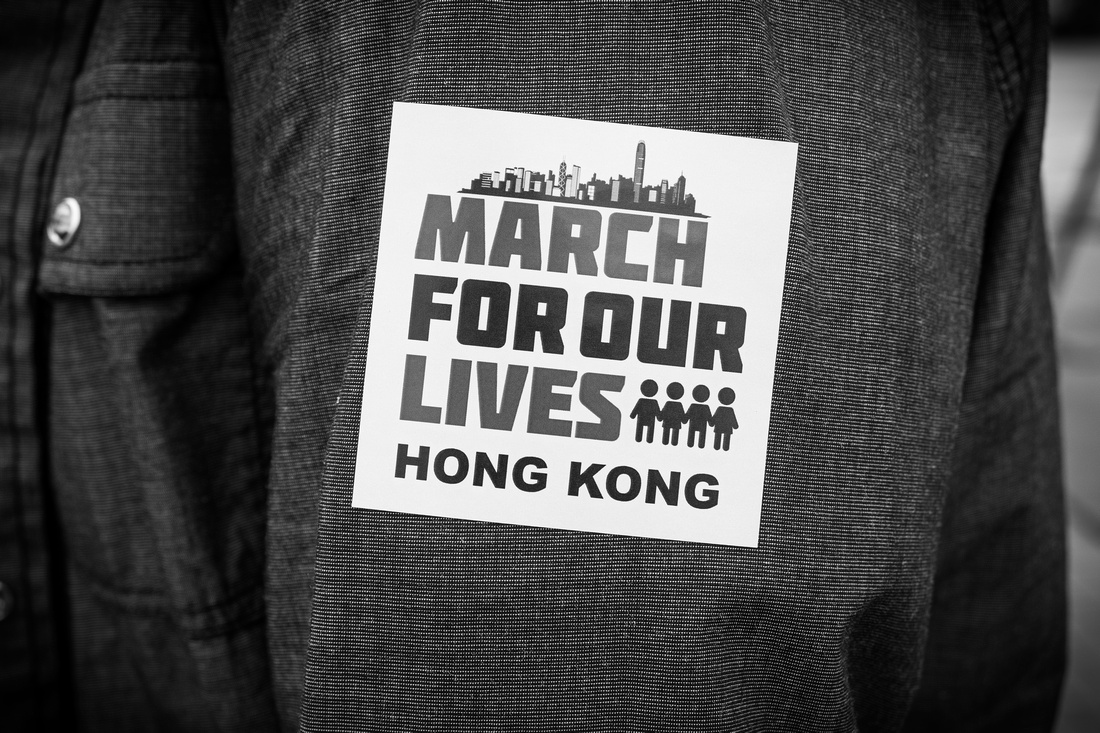



Casual Photophile Tip & Techniques No. 001 The Subject is the Subject
The Inspired Eye Photography Magazine Issue #40 (full interview)
Hong Kong Free Press: HKFP Lens
Blog #18 Criticizing Photographs or Beyond the “like”
Blog #25 Don’t Be Afraid of the Dark[room].
Blog #47 Composition, Composition, and More Composition
Blog #65 Summer is for Travel (Hanoi)
Blog #67 Risks, Rules, & Restrictions
Blog #68 Photography is a Gift
Blog #72 Living the Creative Life
Blog #90 Restrictions, Revisited
Blog #93 Photographic Technique